[Kagamihara] Museum with the theme of sky and space" “Gifu Kamigahara Air and Space Museum: Sorahaku”
![[Kagamihara] Museum with the theme of sky and space" “Gifu Kamigahara Air and Space Museum: Sorahaku”](https://life-designs.jp/wp/wp-content/uploads/2022/06/image25-4.jpg)
Table of Contents
The Gifu Kakamigahara Air and Space Museumis located in Kakamigahara City, Gifu Prefecture, which is located to the east of Gifu City and is known as the "city of airplanes." Nicknamed "Sorahaku" (hereinafter referred to as "Sorahaku'') . It opened in 1996 with the aim of arousing children's interest through exhibits about the history of admiration and challenges towards the sky and space.
In 2018, it was renovated greatly and is full of more and more highlights.
With simulators that allow visitors to experience piloting passenger aircraft and small jets, and popular events held mainly on weekends, this is a full-fledged aviation and space museum that is a must-see for aviation and space fans of all ages.
Why did Kakamigahara City come to be called "Sky City"?
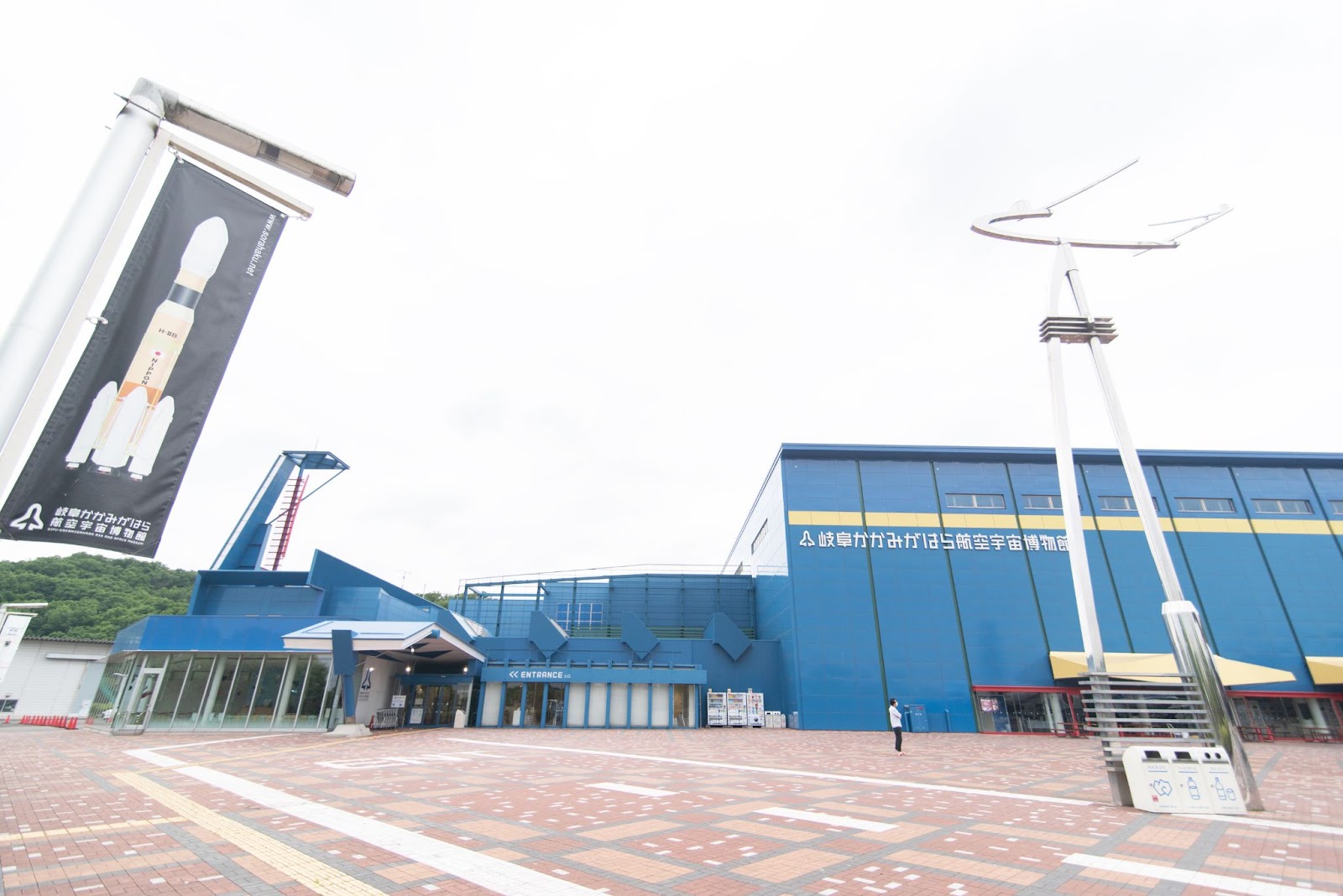
In 1917, the second airfield in Japan was built in Kakamigahara, which was followed by the opening of Kawasaki Heavy Industries' aircraft manufacturing plant and a concentration of aircraft parts manufacturers, earning the city the nickname "city of airplanes".
Sorahaku is adjacent to Gifu Air Base, which is Japan's oldest existing airfield and is home to the Japan Air Self-Defense Force's Flight Development Experimental Group. It has become a thriving place. At Sorahaku, many aircraft actually manufactured in Kakamigahara City are on display.
After passing through the gate
Real planes and helicopters welcome you
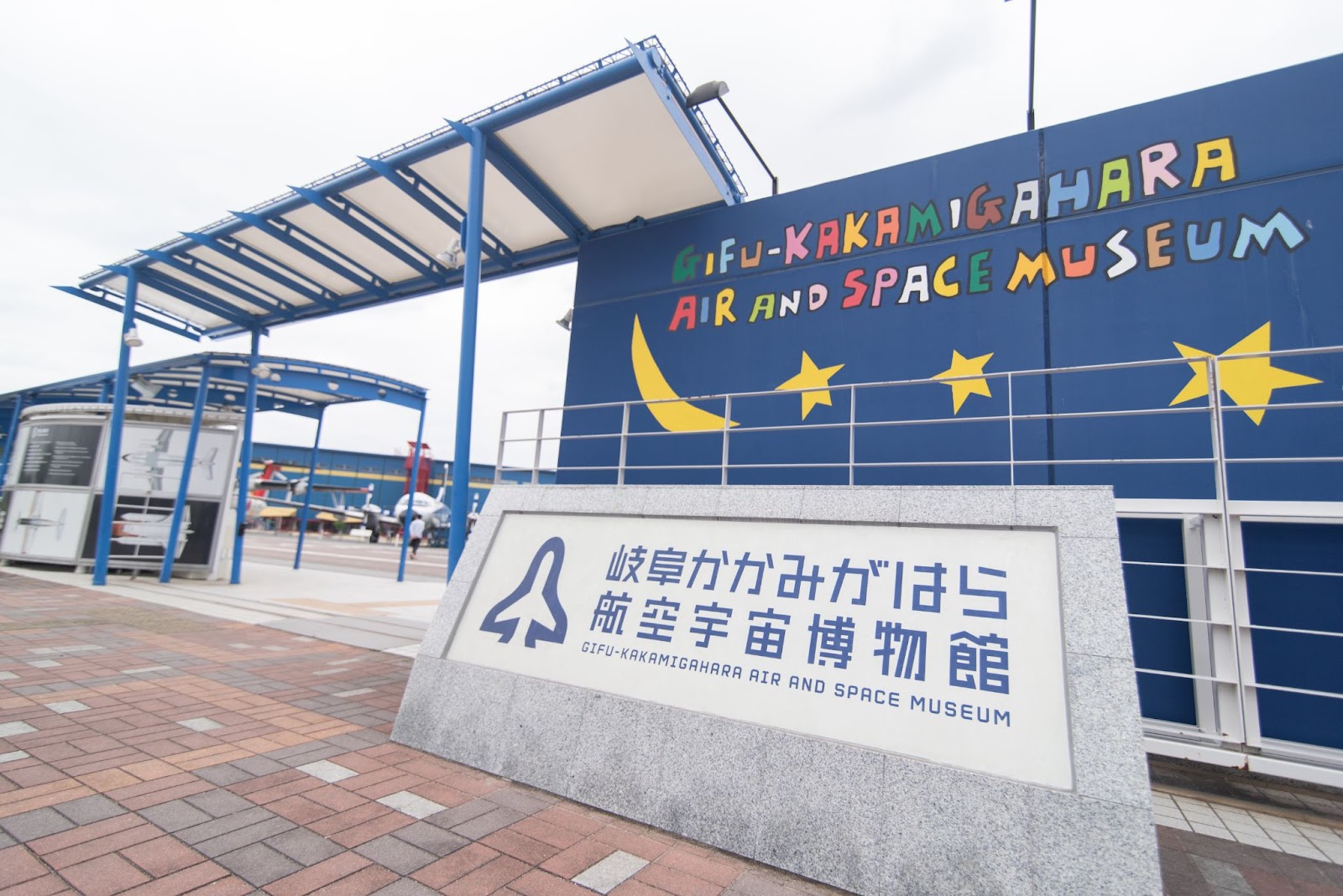
The bright sky-blue building, which took three and a half years to renovate, has 9,400 m2 of exhibition space, 1.7 times larger than before, and is truly one of the largest aviation and space-themed museums in Japan.

The number of aircraft on display is the largest in Japan at 43! As soon as you enter the gate, you will see a line of large airplanes. Outside, four aircraft are on display, including the YS-11, the first passenger plane developed and mass-produced in Japan after World War II.

The "playground equipment plaza," where visitors can play without an entrance fee, has slides and Tarzan ropes, and many people use it as a park. Outside, there are also events such as a marché on an irregular basis. Food and drink, including box lunches, are also available.

The playground equipment is also designed after the sky.
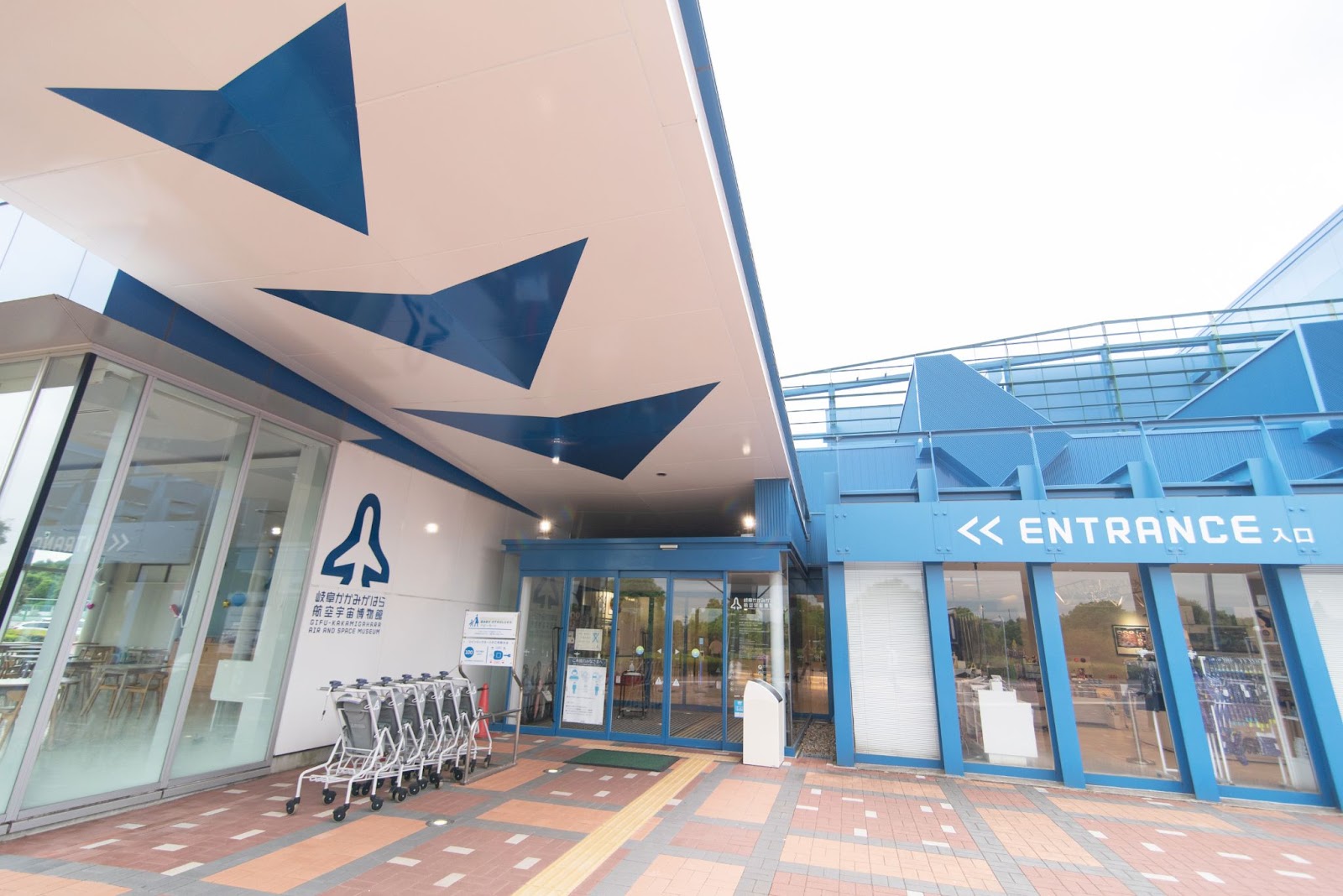
An entrance reminiscent of an airport.
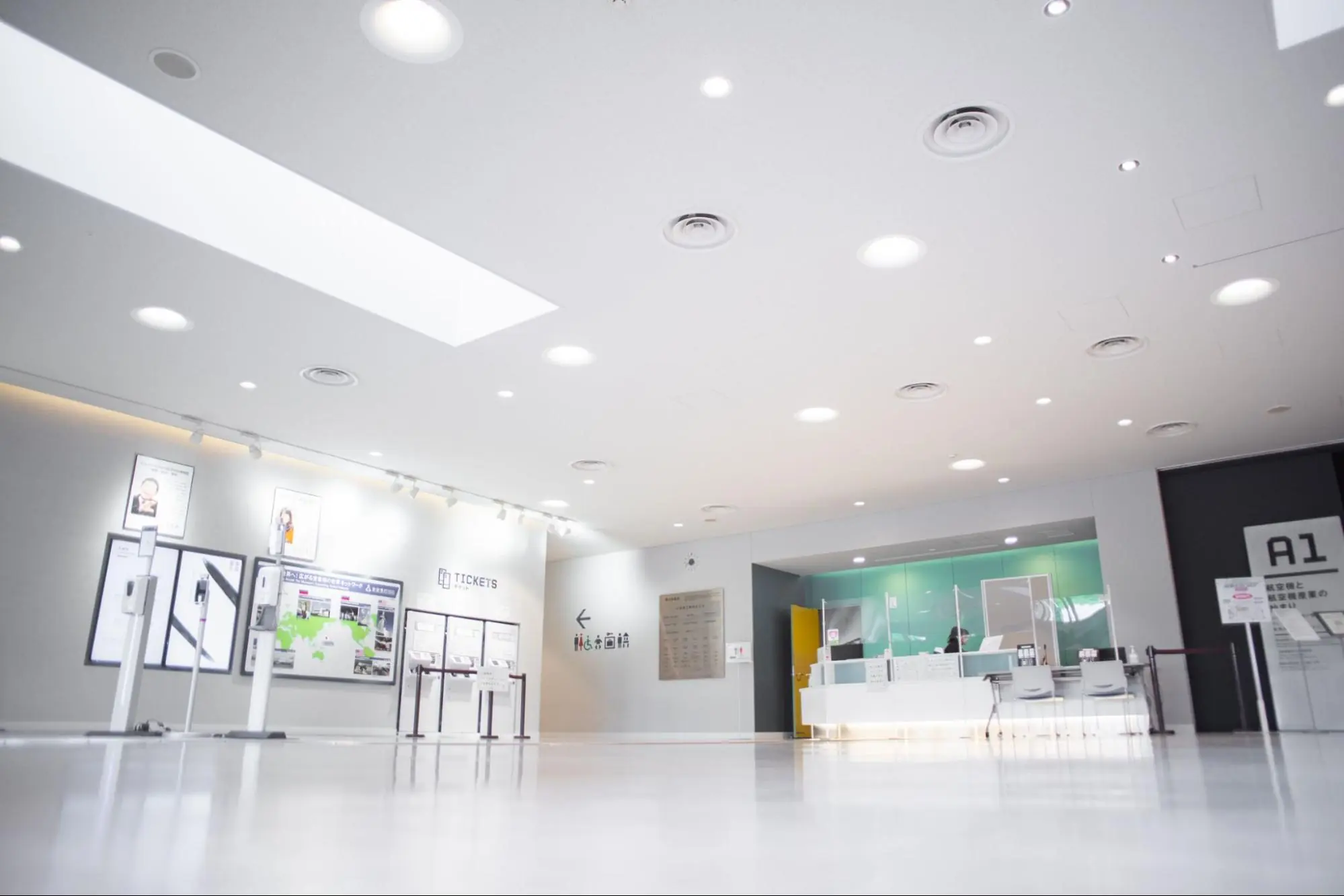
When you enter, the front is the reception, and there is an automatic ticket vending machine in the back left.

Automatic ticket vending machine. It's nice that junior high school students and younger are free.
Admission fee
Adult 800 yen
Over 60 years old 500 yen
High school student 500 yen
Free for junior high school students and younger
There is also an annual pass available.
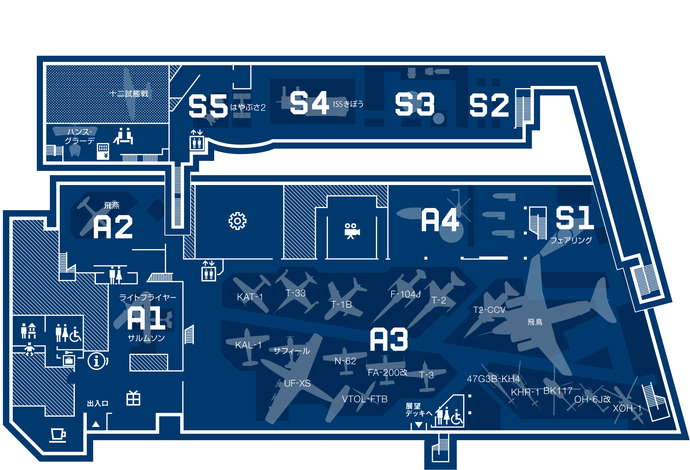
This is the floor map. The museum is very large, so if you follow the regular route, you can visit it efficiently.
From the "Aviation Area" that traces about 100 years of aviation history.
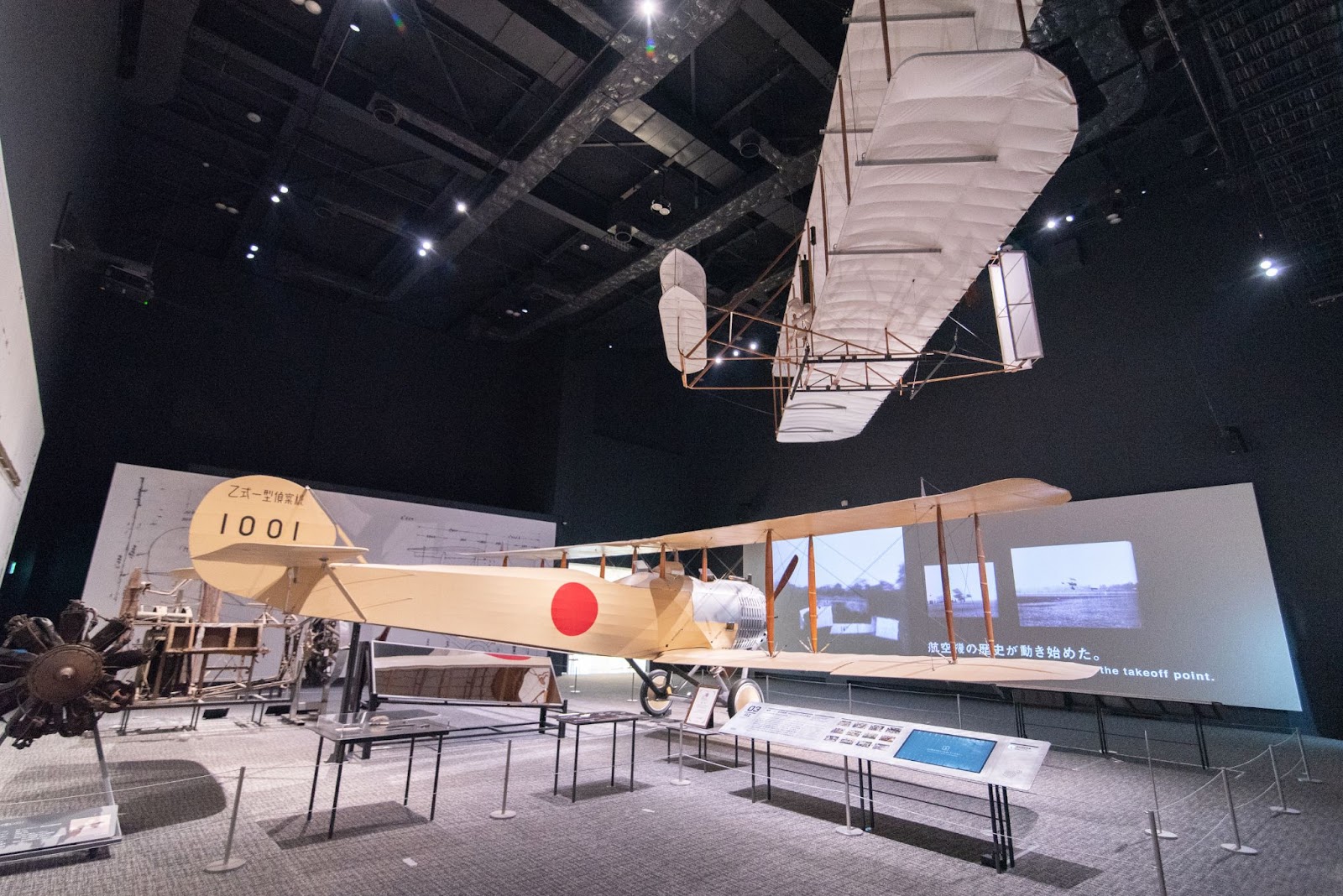
<A1 Zone> Left: Japan's first mass-produced "Otsu Type 1 reconnaissance plane (Sarmson 2A2)". Above: The Wright Flyer, the first successful powered flight by the Wright brothers.
The first thing that caught my eye was two machines. From here began the challenge of mankind to the skies.
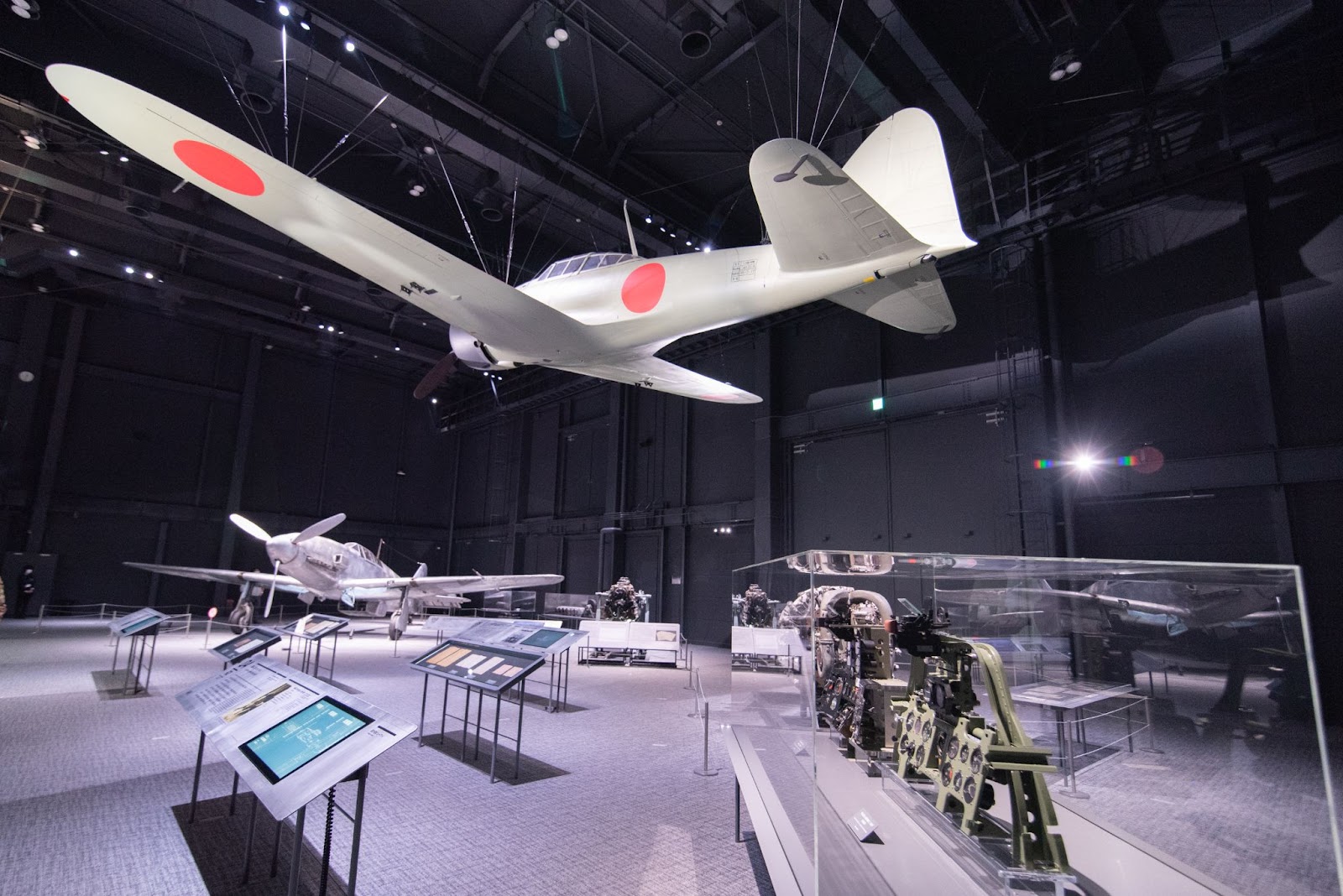
<A2 Zone> Top: Navy Twelve Test Ship Fighter (Zero fighter prototype, Mitsubishi A6M1) 1/1 model, Back: Army Type 3 Fighter Type 2 "Hien" (Kawasaki Ki61-II Kai)
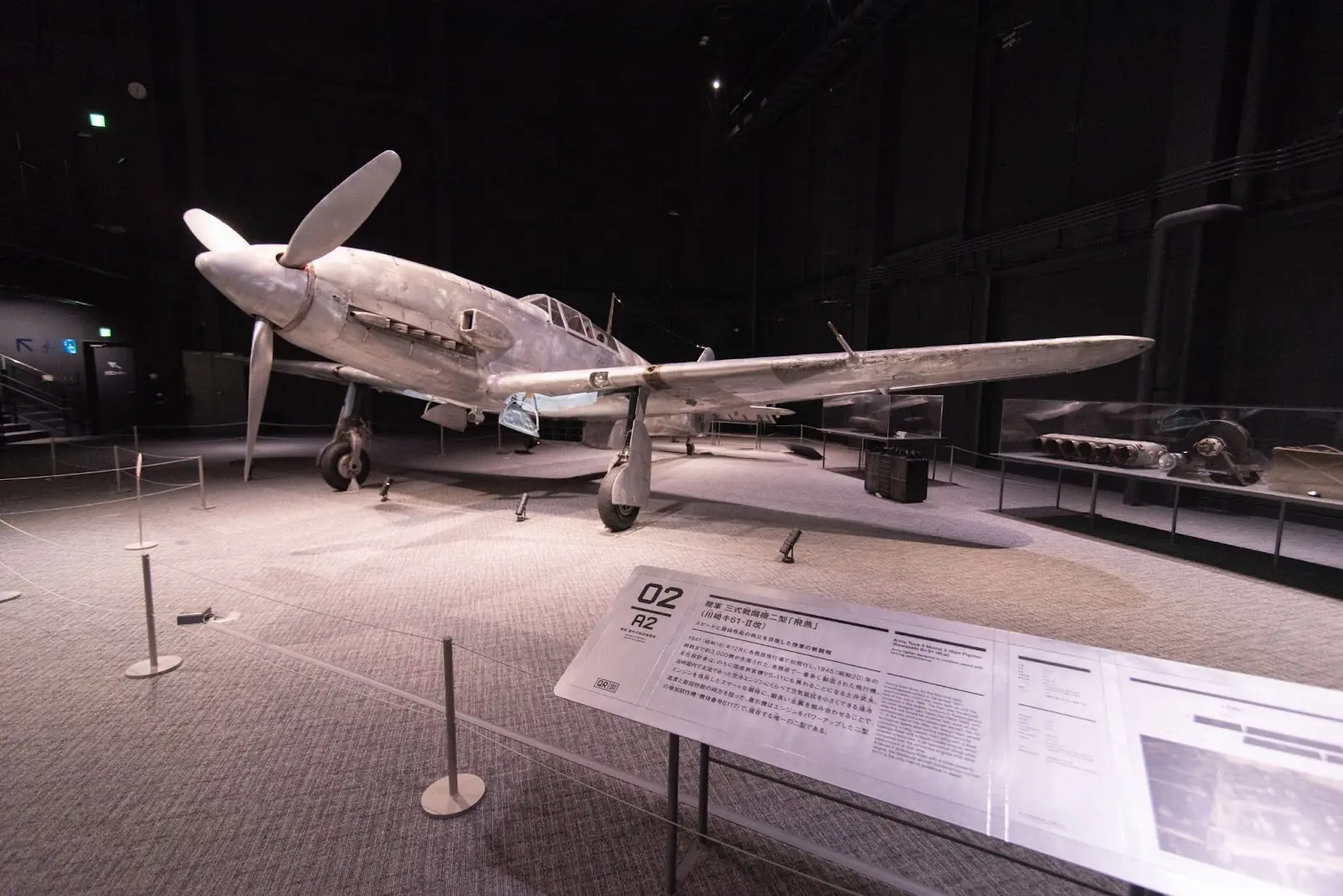
The "Hien", which flew for the first time at Kakamigahara, represents the history of aviation in Kakamigahara. While many military aircraft were scrapped after the war, the only surviving valuable aircraft is exhibited in an "unpainted" state, allowing you to see the traces of that time up close.
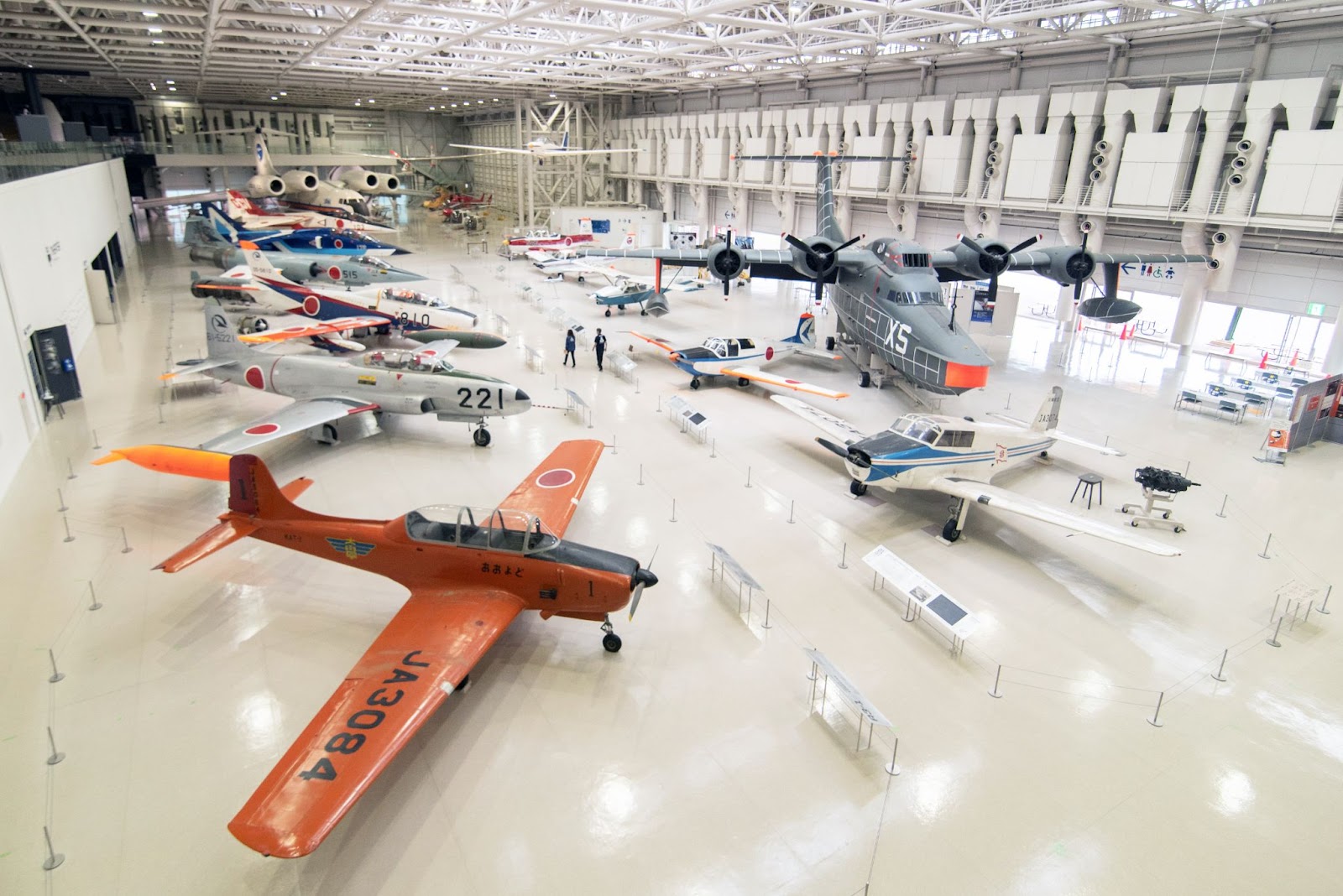
<A3 Zone> More than 20 planes are displayed in chronological order in a large space.

Left: T-2CCV research aircraft, Middle: Low-noise STOL experimental aircraft "Asuka"
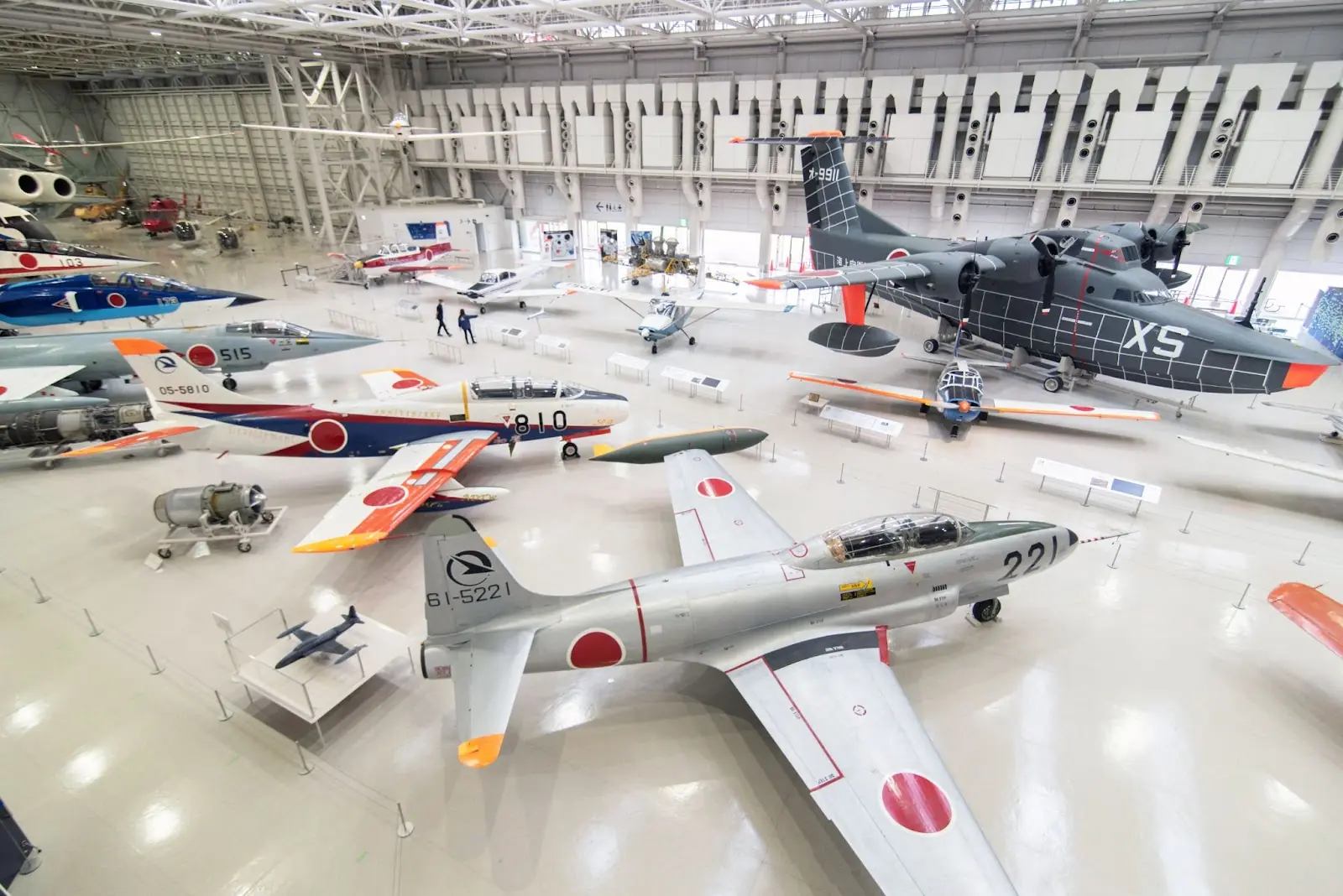
This zone, the largest in Sorahaku, provides easy-to-understand explanations of the challenges and advances in technological development related to each aircraft.
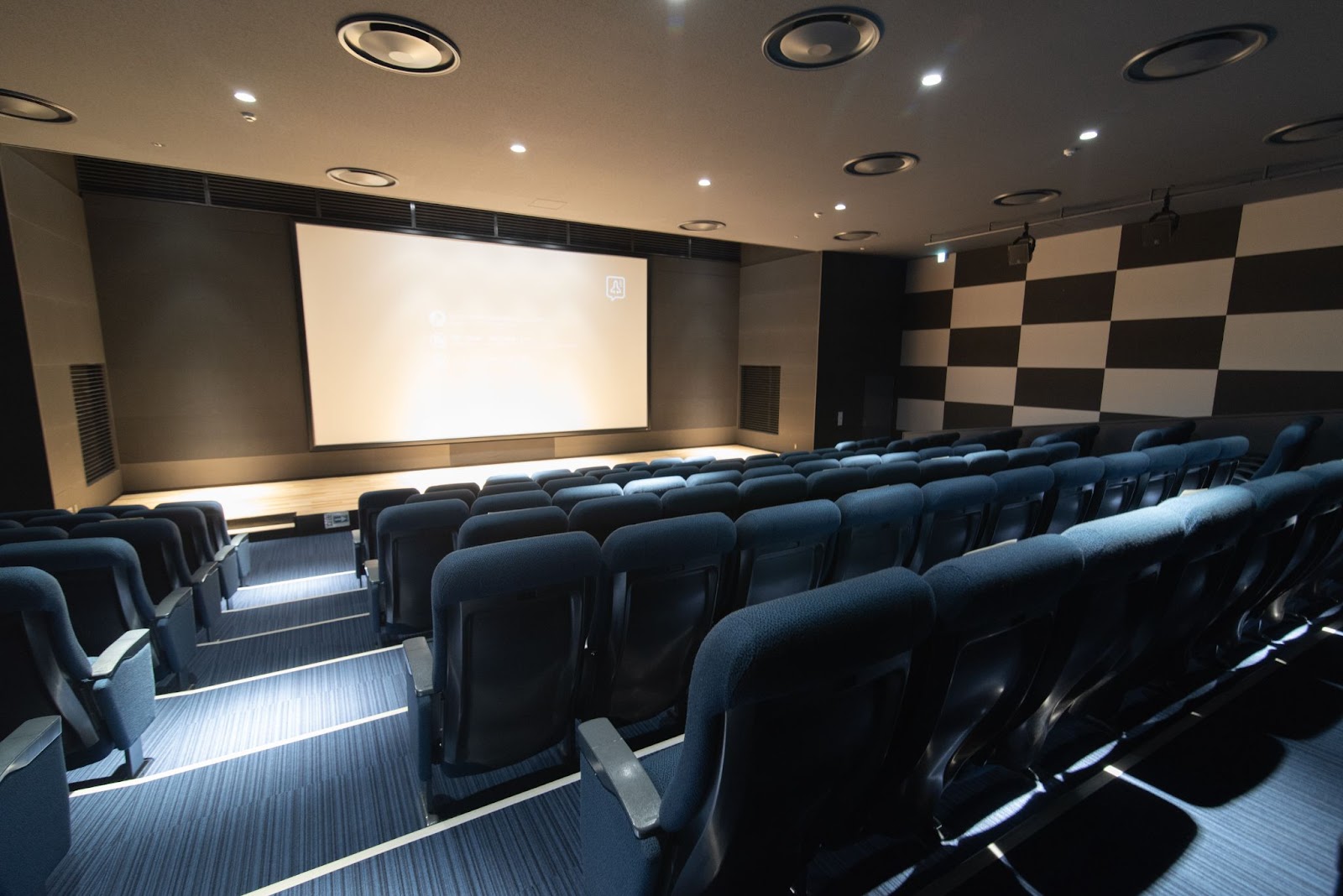
The theater room, equipped with authentic facilities, shows original videos of the challenges and inspiring stories of aviation and space. No numbered tickets are required, even on weekends, making for a relatively smooth experience. The content is different every hour, so you will want to see all the films.
Half a century has passed since the invention of the airplane.
"Space Area", a challenge to the universe

<S1 Zone> H-II Rocket Fairing (actual)
The huge "fairing" protects satellites and other objects stored in the leading edge of the rocket from heat and vibration. The actual 12-meter-high H-II rocket fairing, manufactured in Kakamigahara for testing purposes, is overwhelming in size.
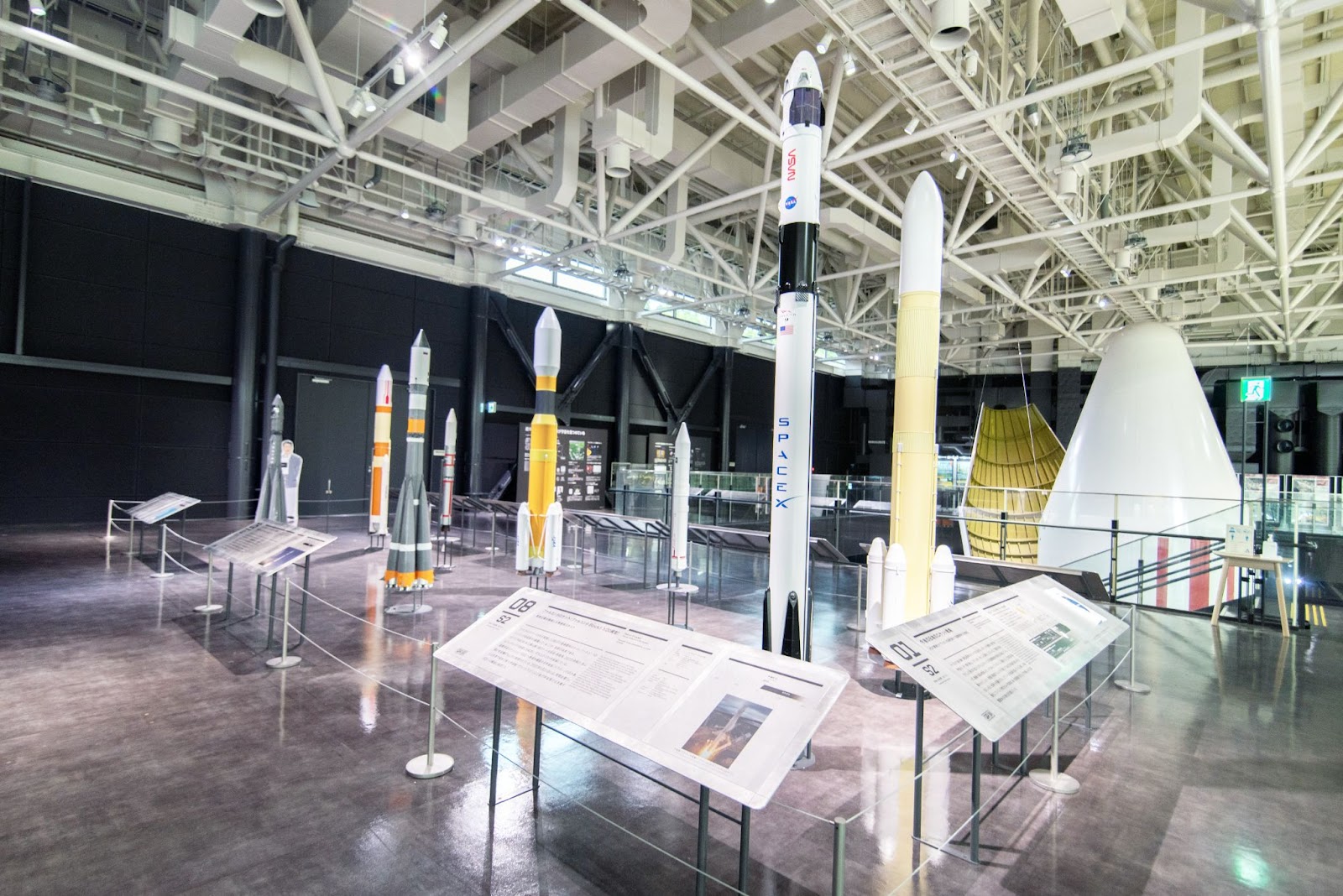
<S2 Zone> Rocket introduction section
The museum introduces the mechanism of rockets and the differences in fuels. Models of recent representative domestic rockets, such as the H3 rocket currently under development, are displayed to show the differences in size at a glance.
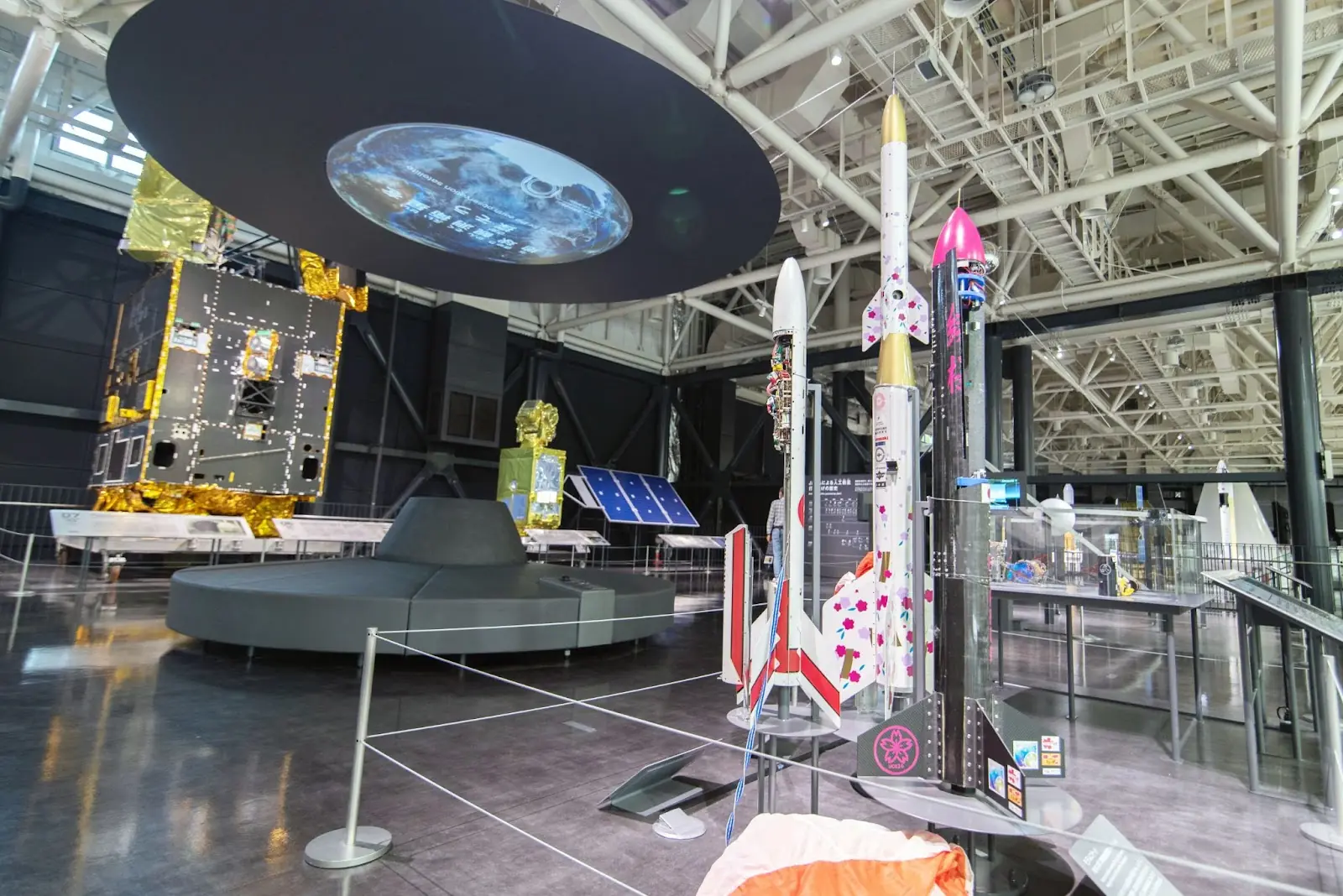
<S3 Zone> Satellite zone. Back: Communications and Broadcasting Engineering Satellite "Kakehashi" Center: A popular corner where you can lay down and see images of the earth as seen from the satellite.
The role of satellites in supporting our daily lives, such as weather forecasting, car navigation, and satellite broadcasting, as well as the mechanisms of satellites as seen from a full-scale model are introduced in detail.
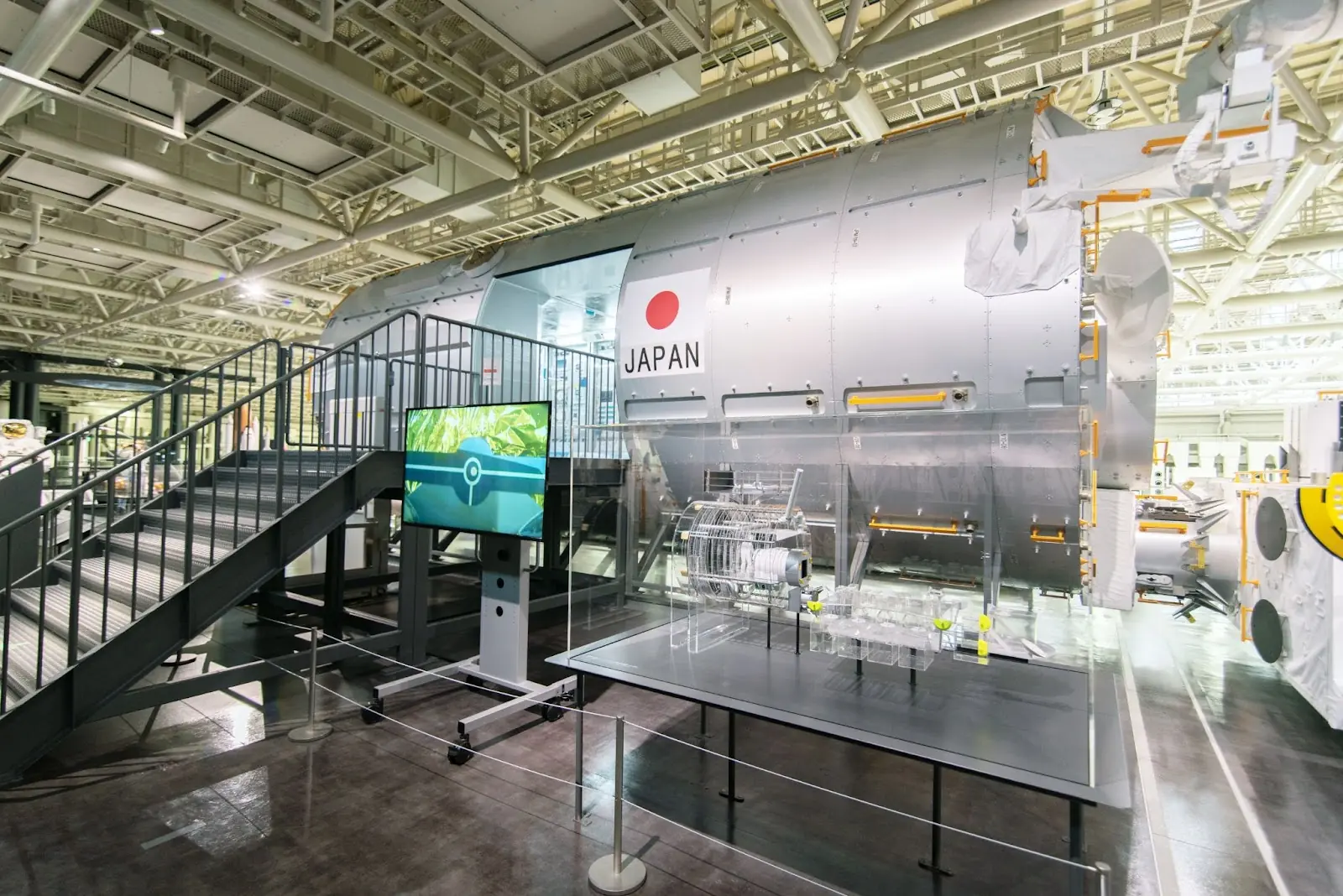
<S4 zone> A huge model of the Japanese experimental module "Kibo (hope)" on the ISS (International Space Station).
Introducing the latest manned activities in space and technology for future manned space development, centering on a full-scale model of the Japanese Experiment Module "Kibo" on the International Space Station (ISS), which is the center of current astronaut activities.

A full-scale model of "Kibo" created with the cooperation of JAXA is a realistic reproduction of even the interior.
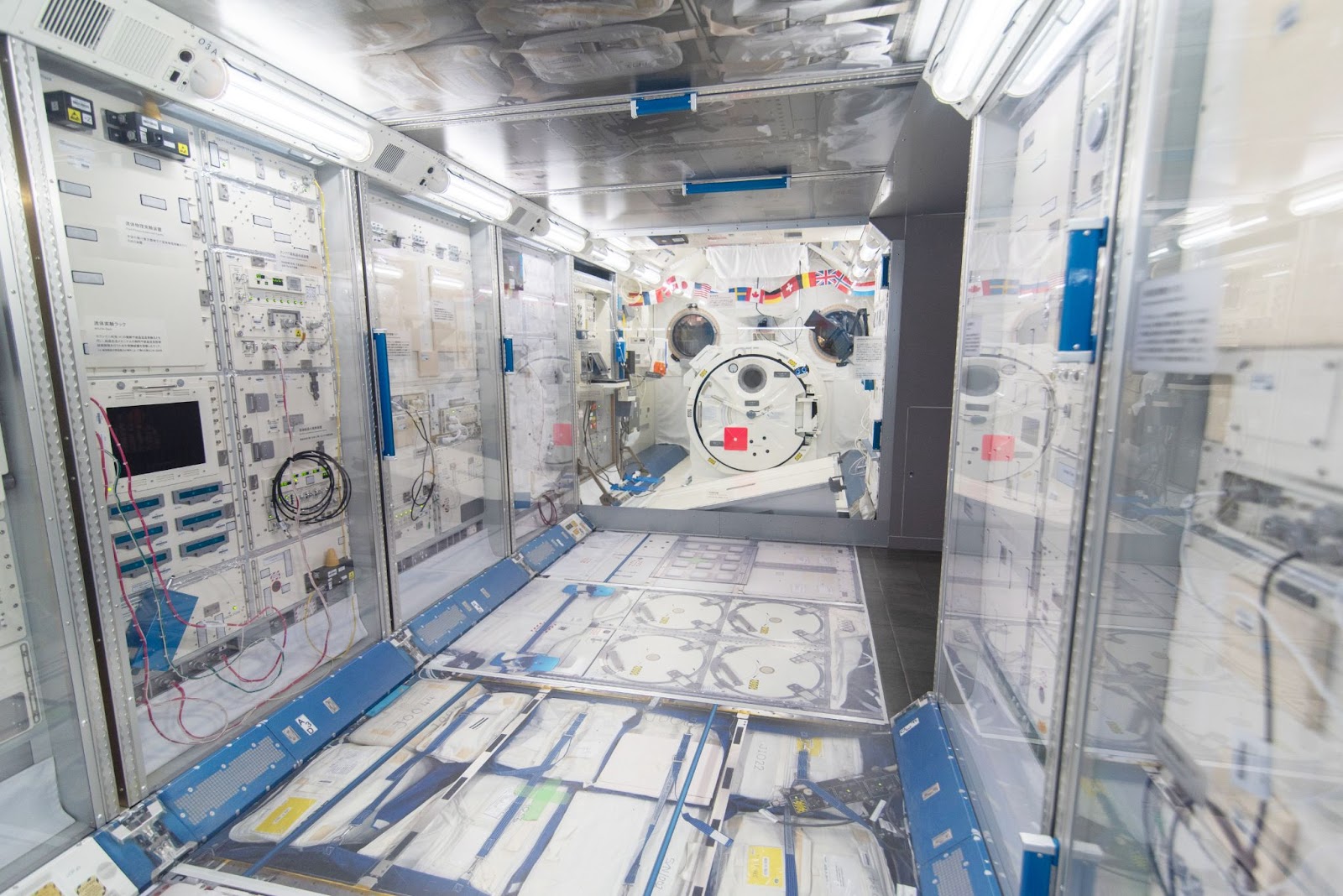
Just imagining where and how astronauts spend their time is exciting.
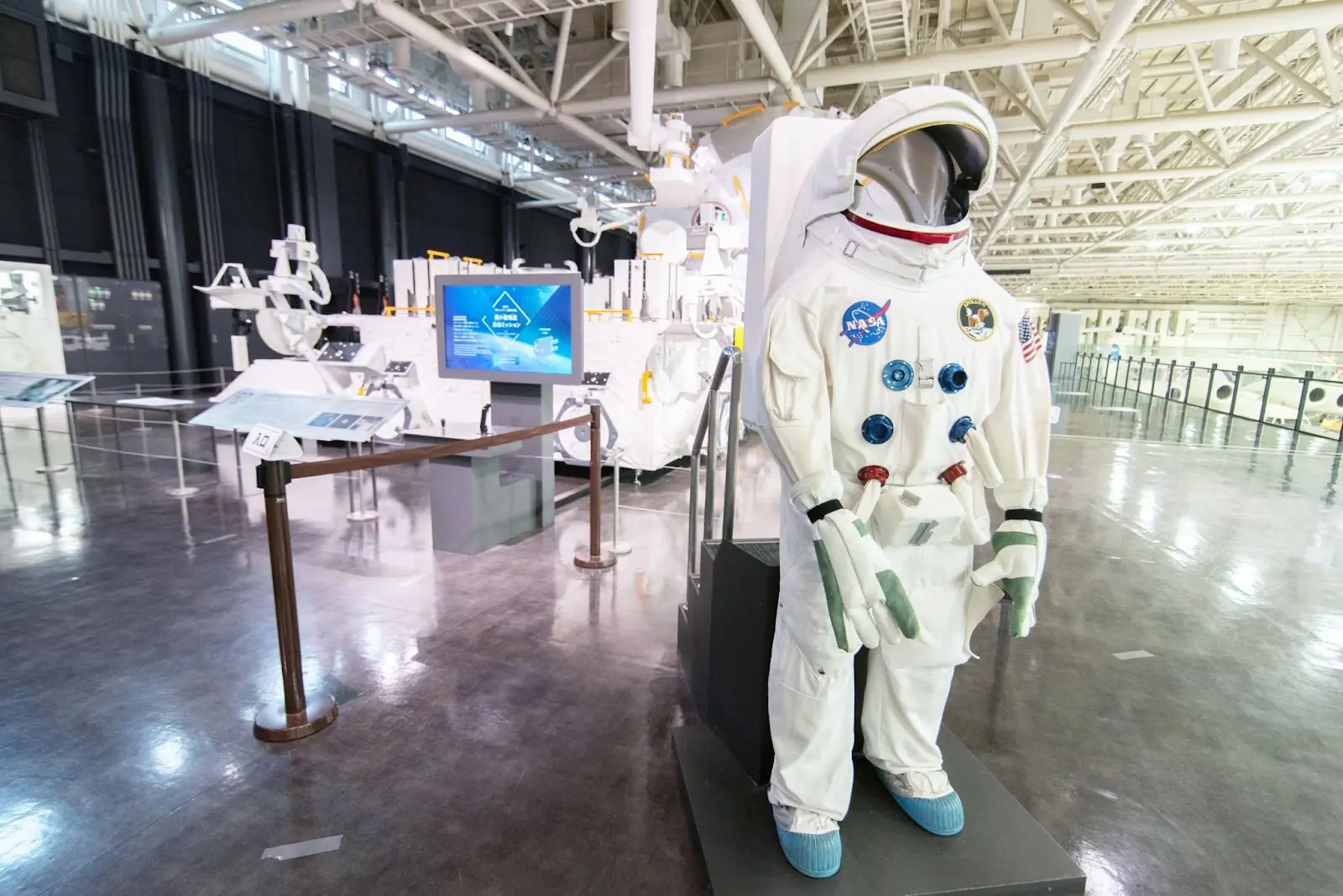
A photo spot where you can peek and take pictures as if you were an astronaut.
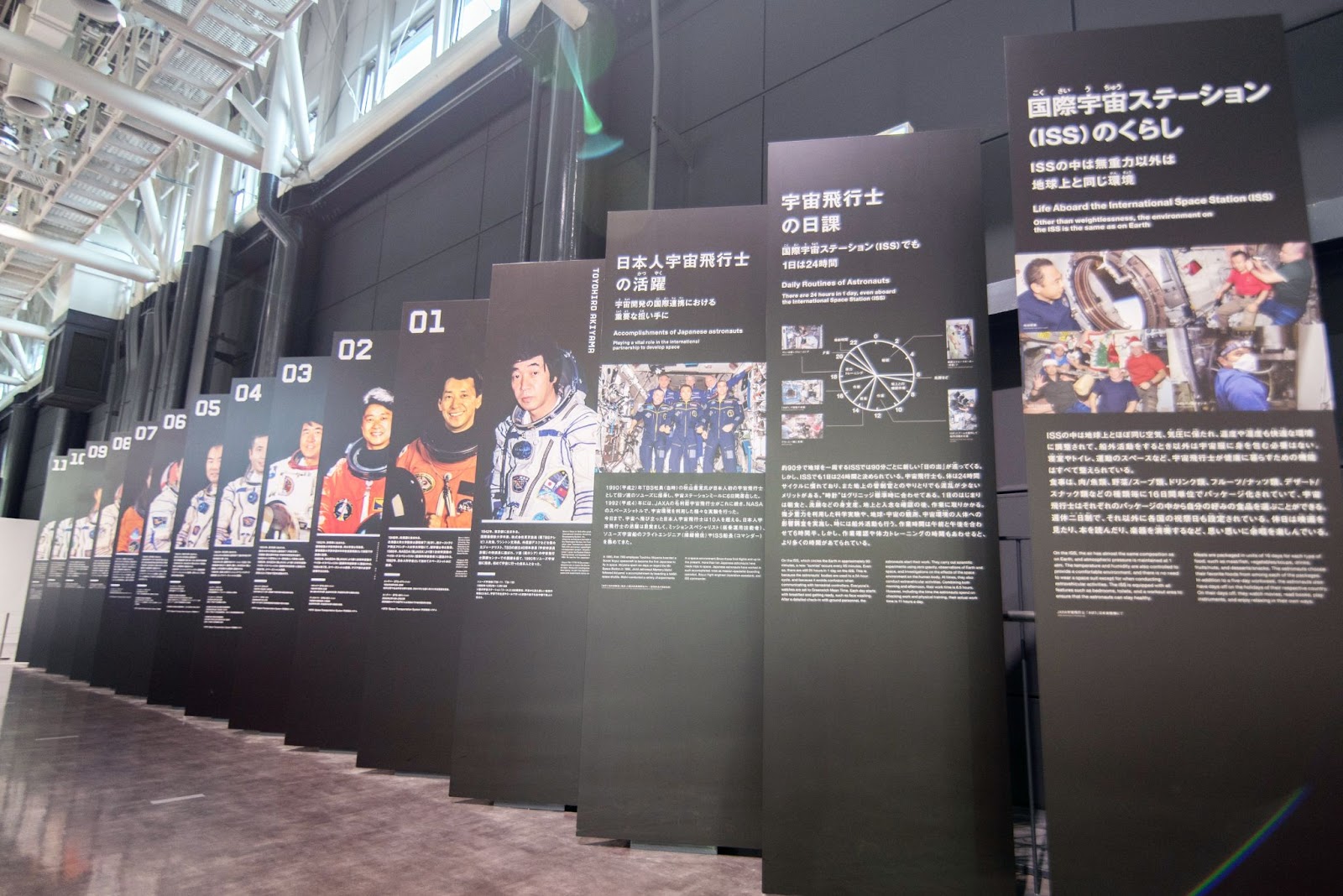
Past Japanese astronauts will be on hand, including Naoko Yamazaki, the "Sorahaku'' ambassador.
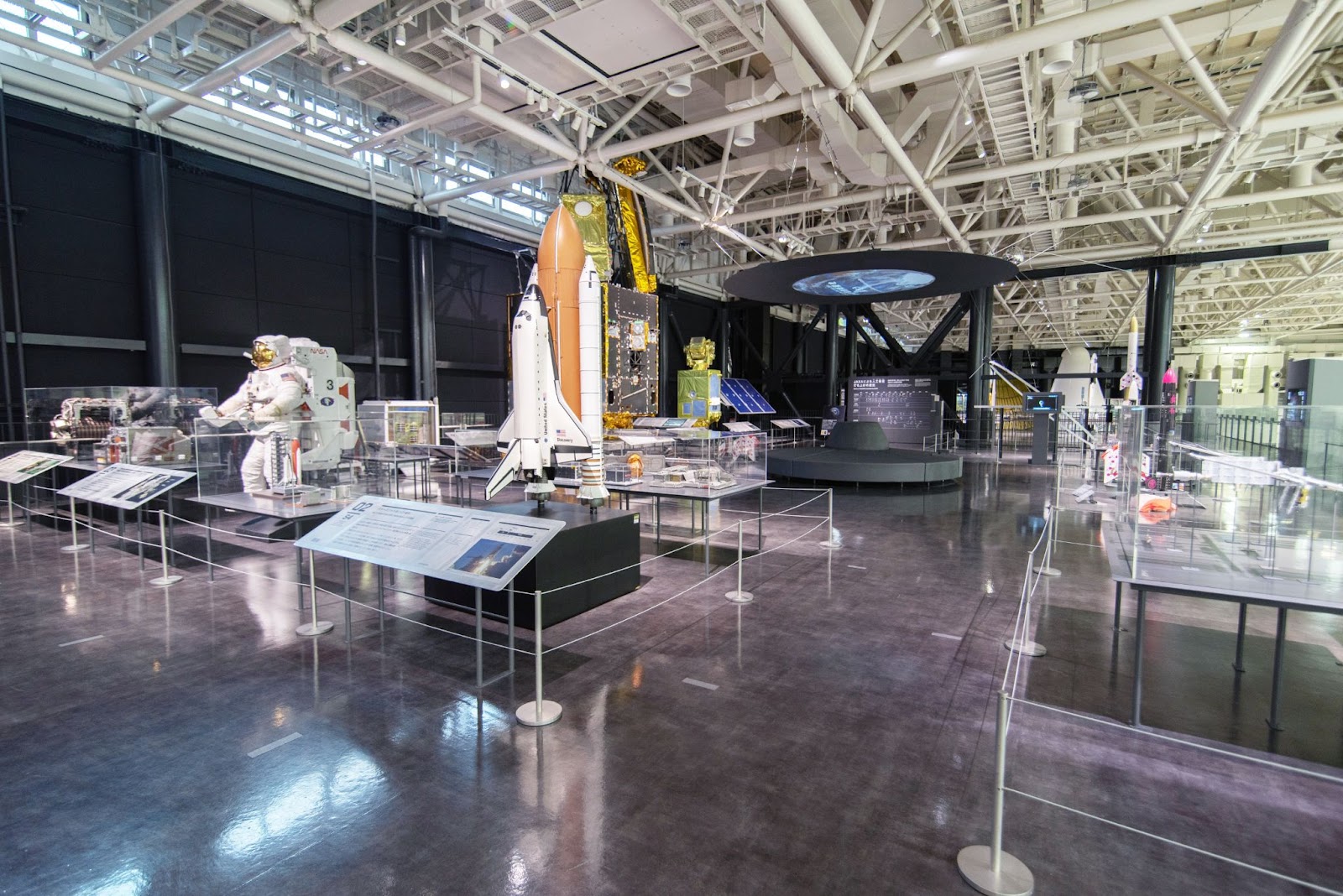
Center: Space Shuttle (1/25 model)
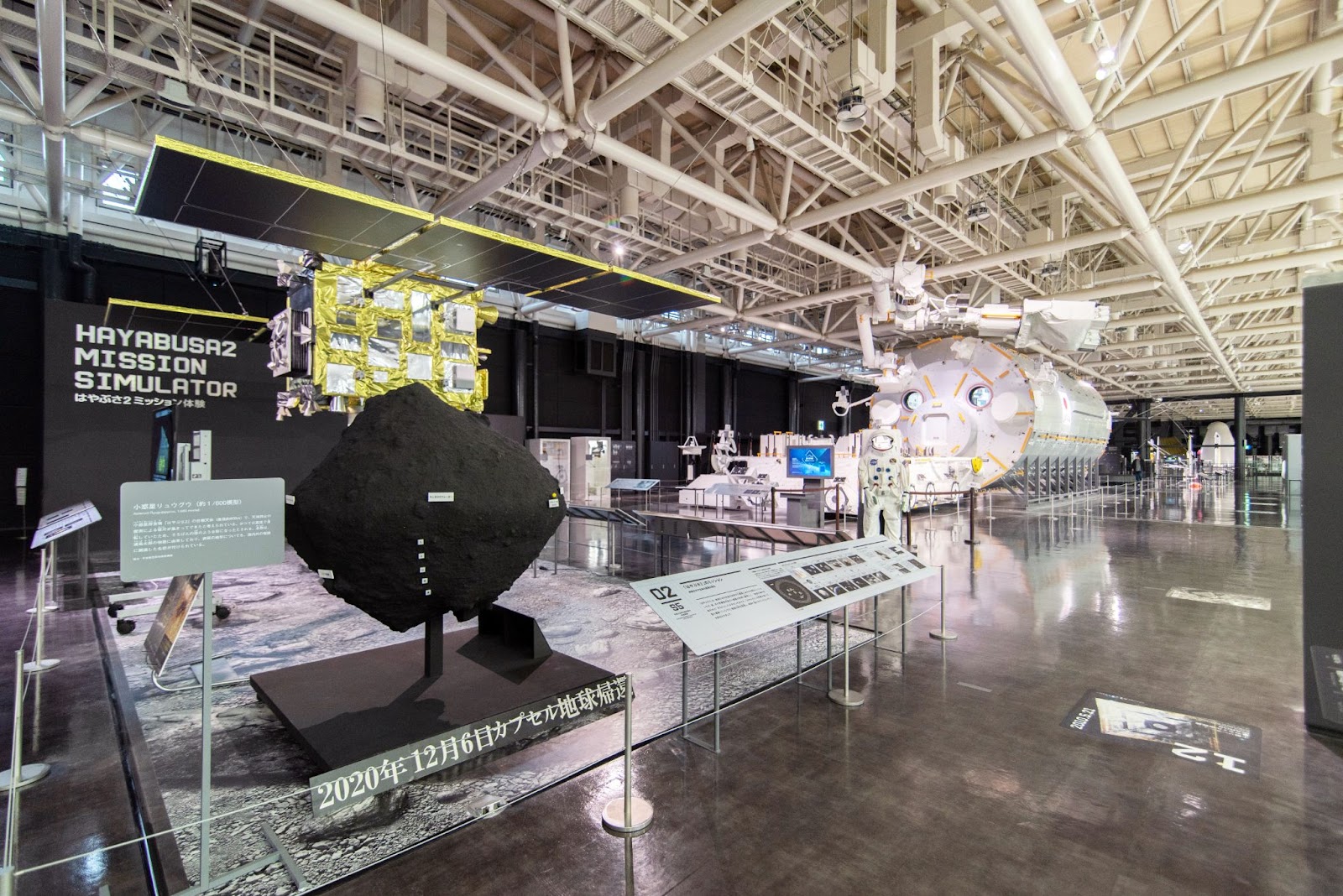
<S5 Zone> A full-scale model of the Japanese asteroid explorer Hayabusa2
You can see a full-scale model of "Hayabusa 2", which has achieved many world-first feats such as collecting samples from the asteroid "Ryugu". The challenge of exploring the mysteries of water and life on Earth continues.

"Curiosity" (1/1 model) discovers organic matter that may be evidence of life on Mars.
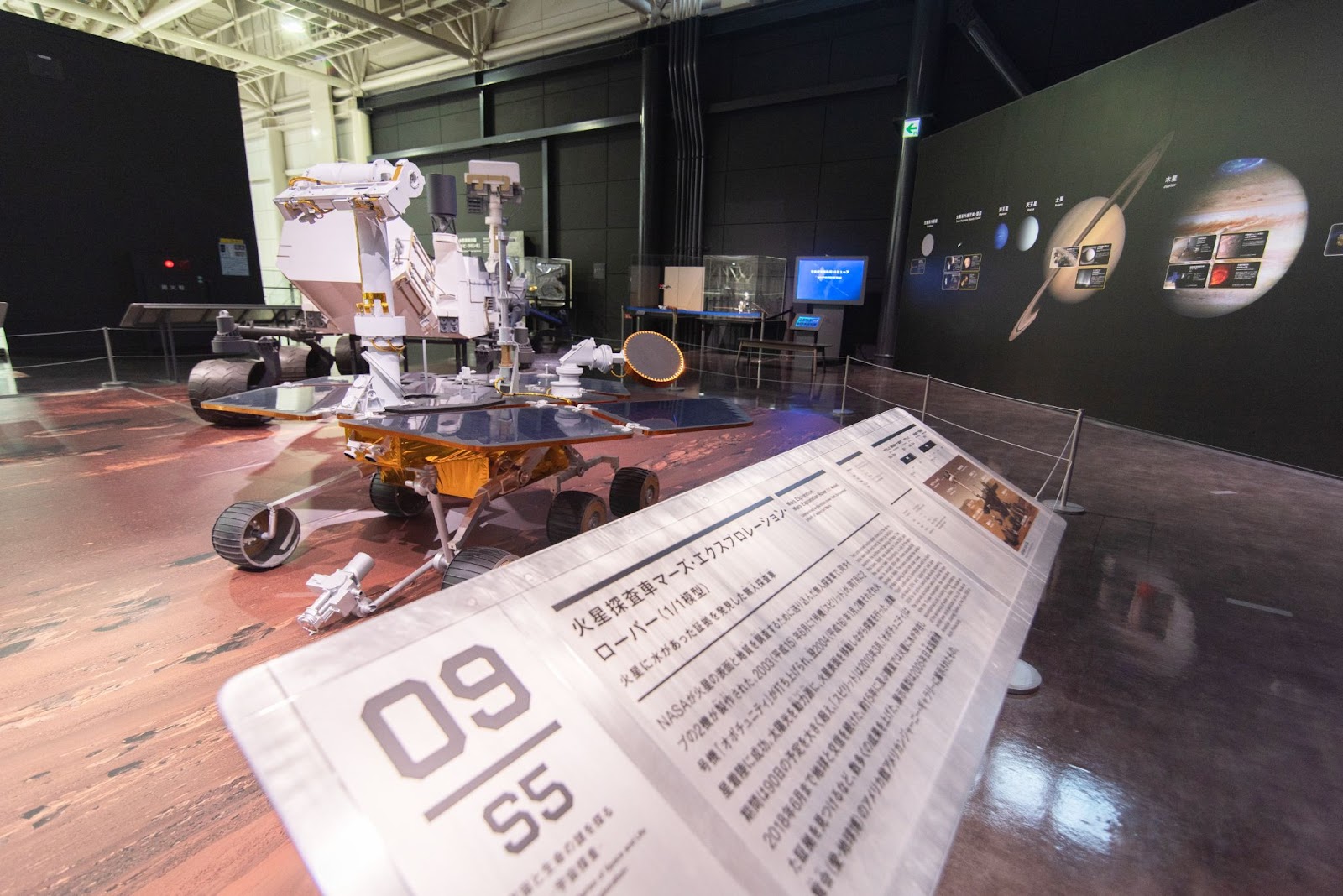
Mars Exploration Rover (1/1 model)
Feel like a pilot with this popular simulator!
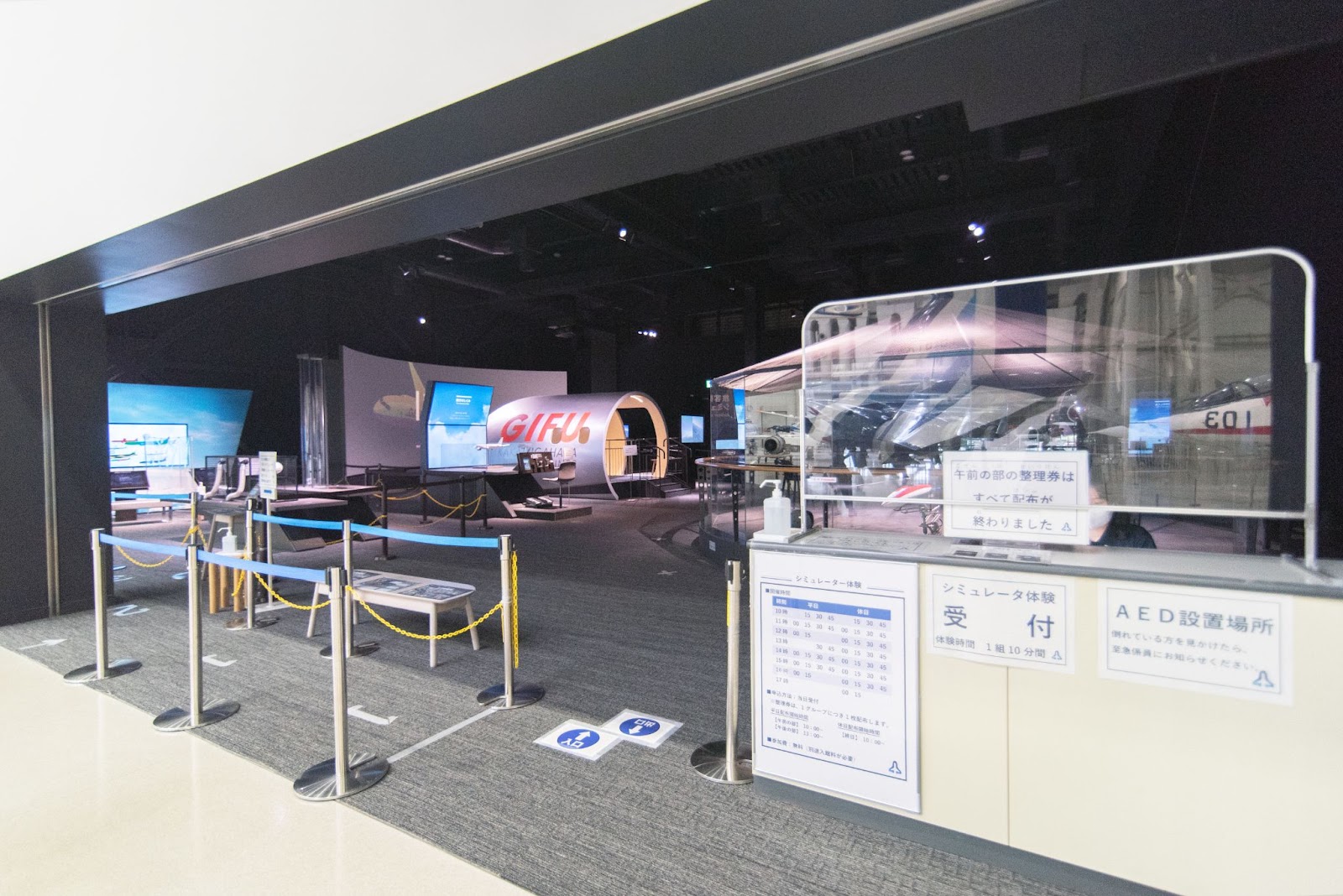
<A4 Zone> Simulator experience entrance.
There are two types of simulators that allow you to sit in a realistic cockpit and experience what it feels like to be a pilot. Numbered tickets are required to experience them. Since they are very popular, you might want to get a numbered ticket first when you enter the museum.
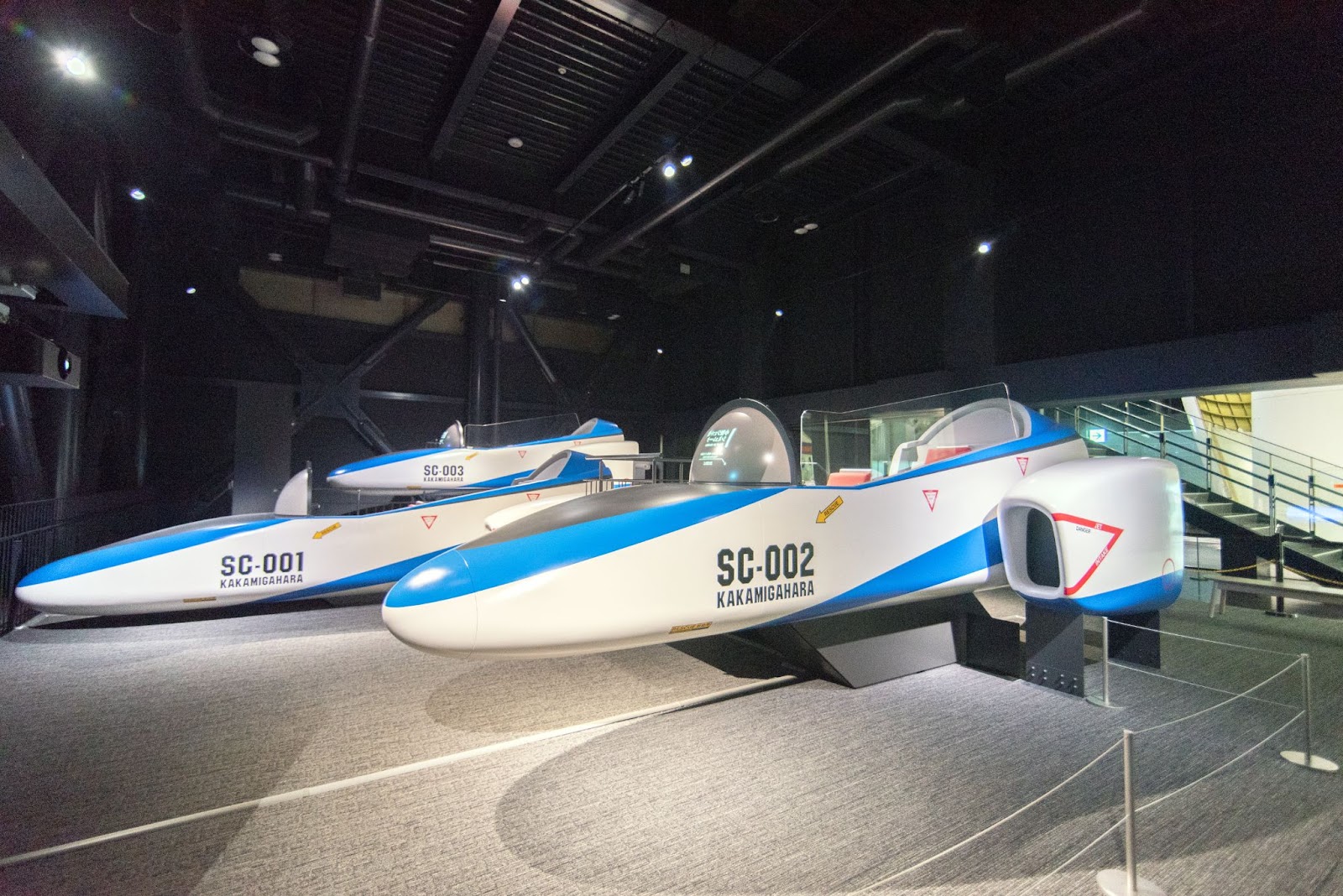
"Small jet simulator" where you can experience acrobatic flight
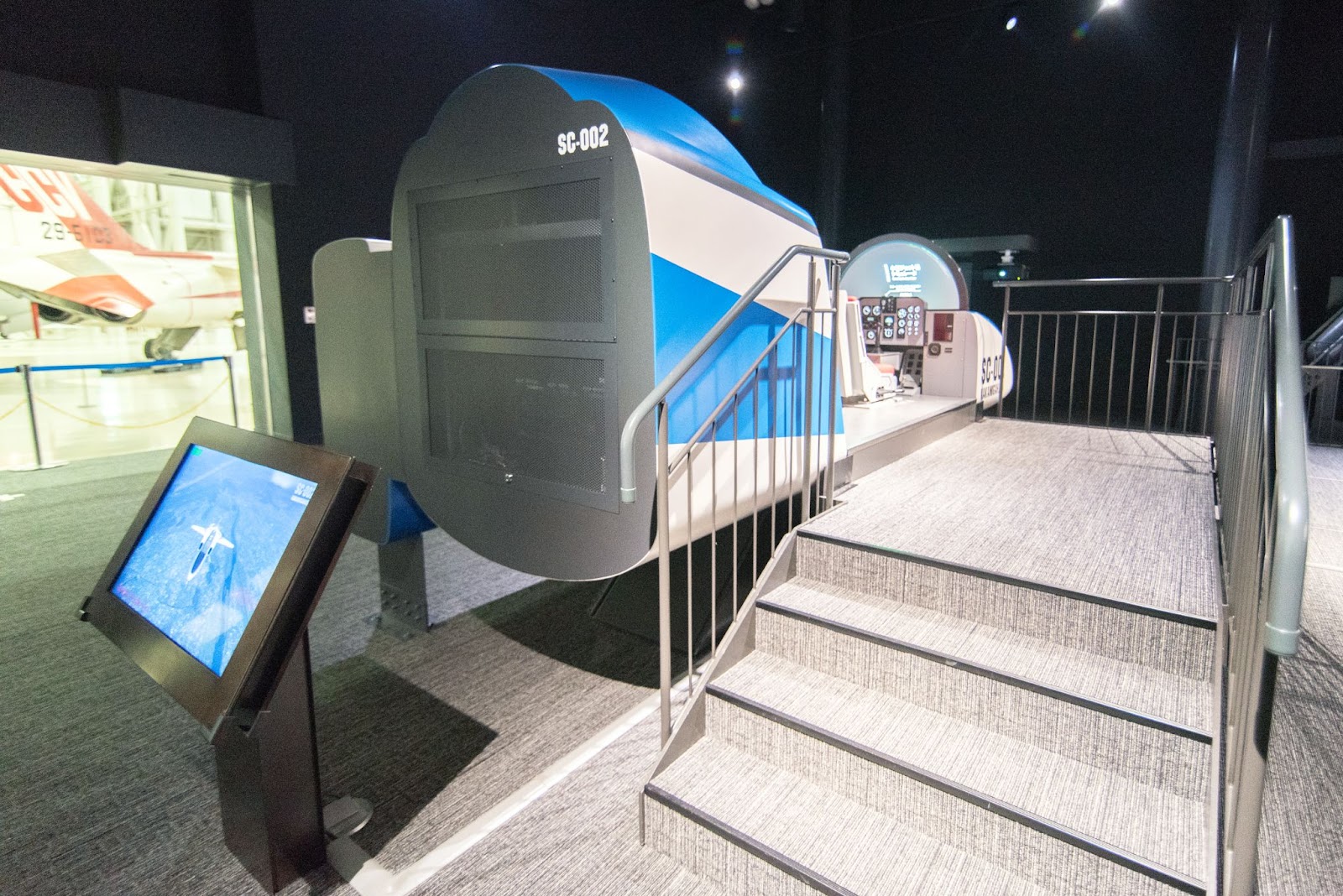
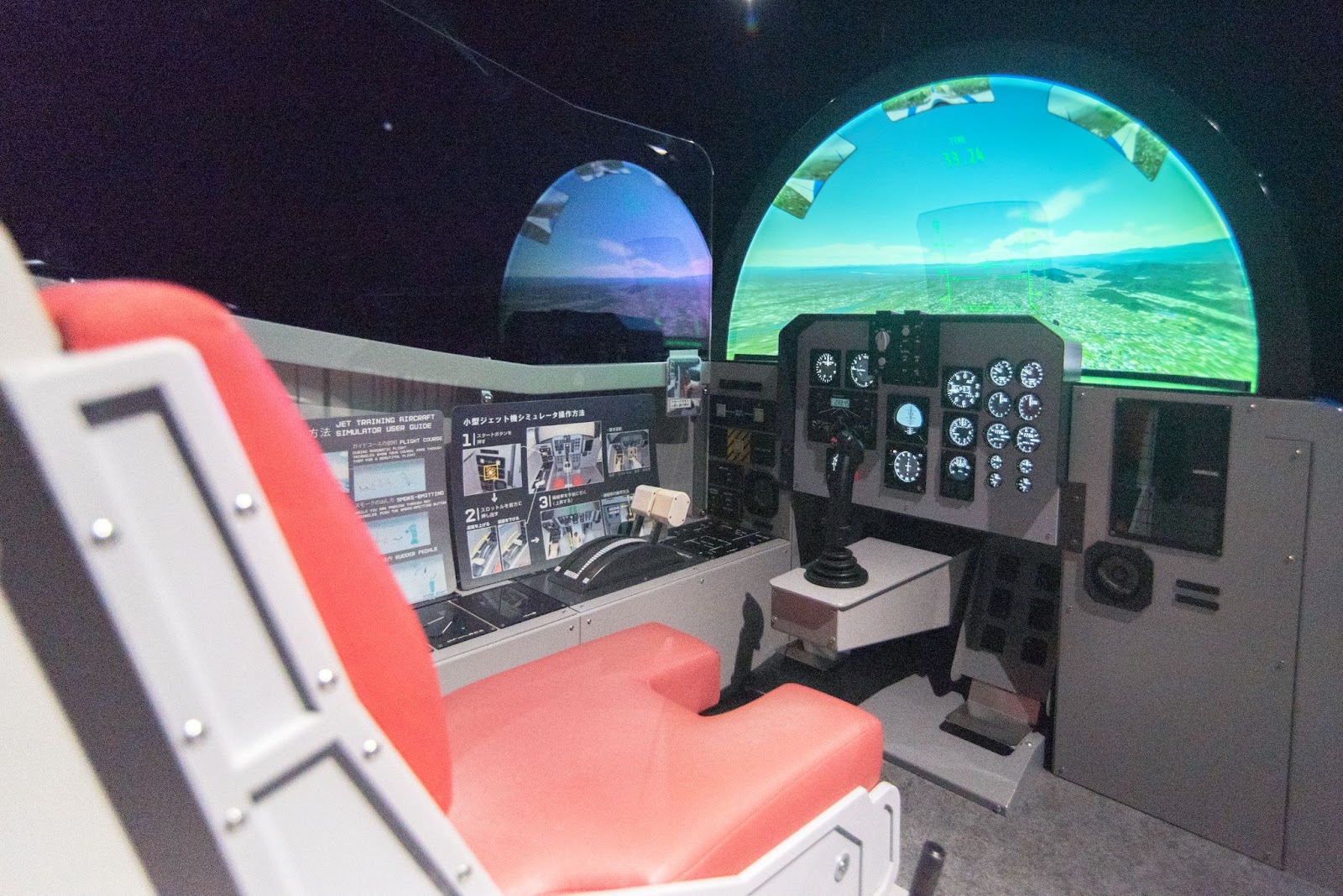
In the flight experience, you actually hold and operate the control can. Even though I was listening to the explanation, I was at a loss to understand how to fly. After the experience, you can check your flight on the monitor.
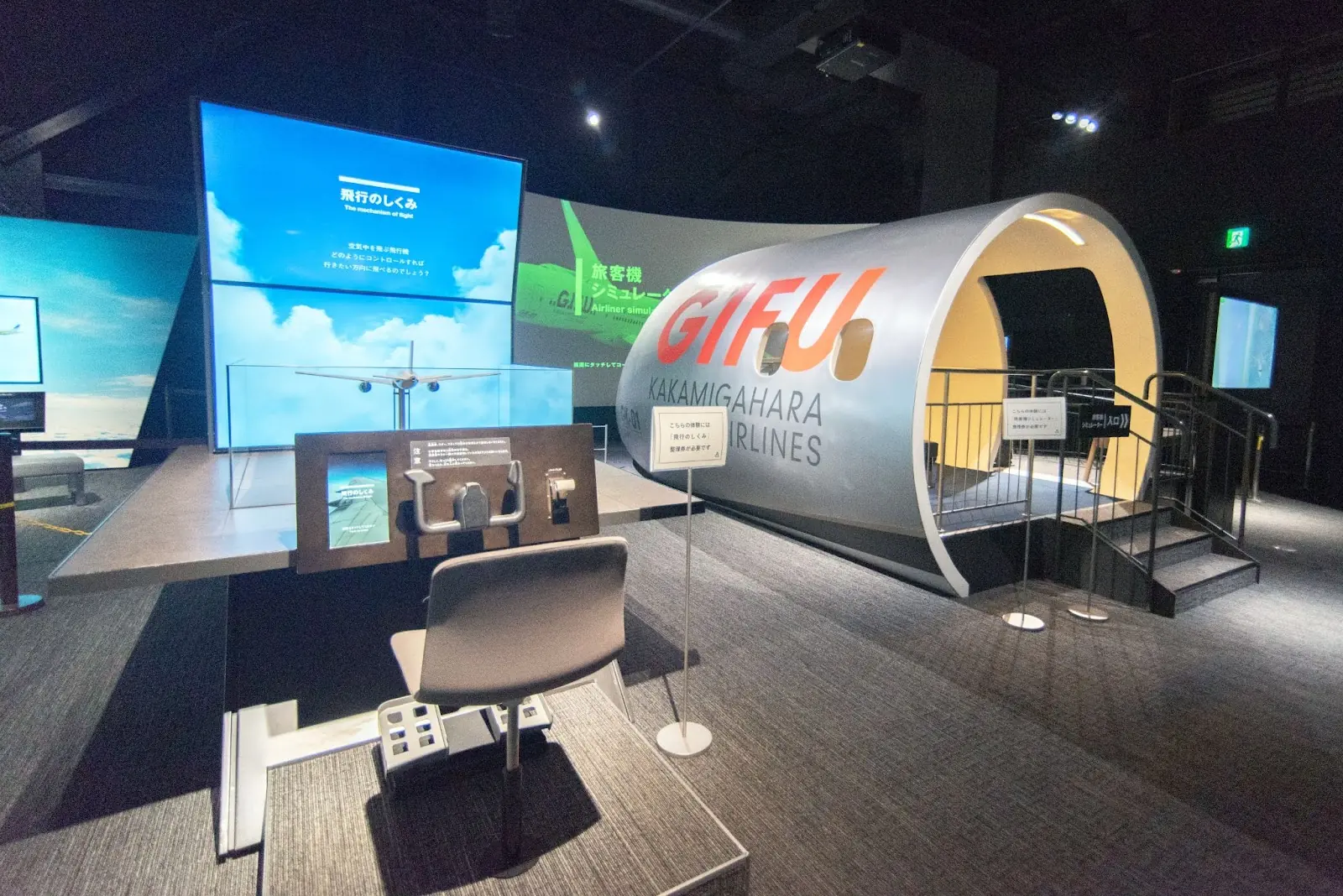
Right: "Passenger plane simulator" where you can experience takeoff and landing of a jumbo passenger plane.
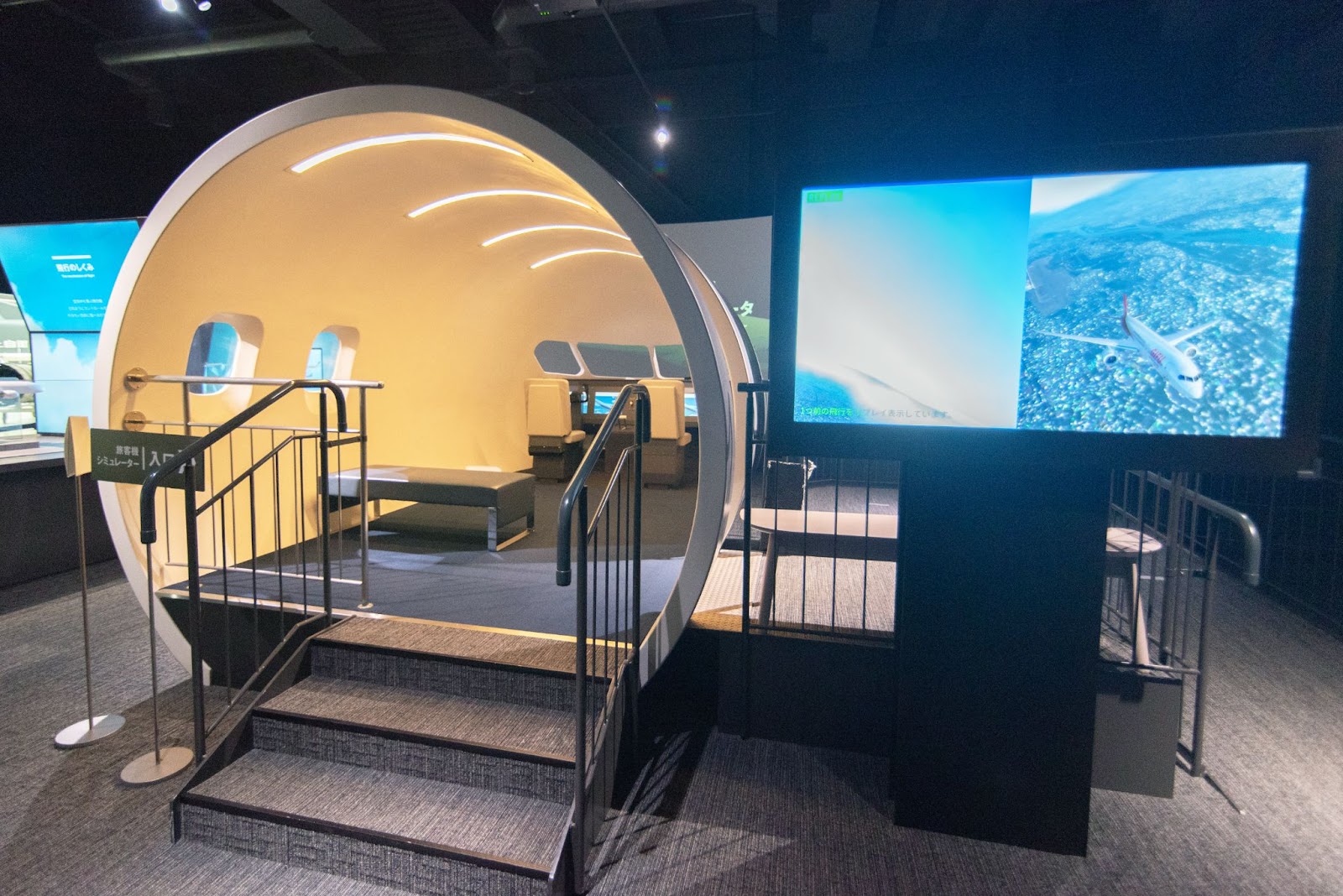

Markers are displayed on the screen in front of you, and you pilot the plane by aiming at them. The flight record can be checked on the monitor, but the results are not good. I would definitely like to try it again.
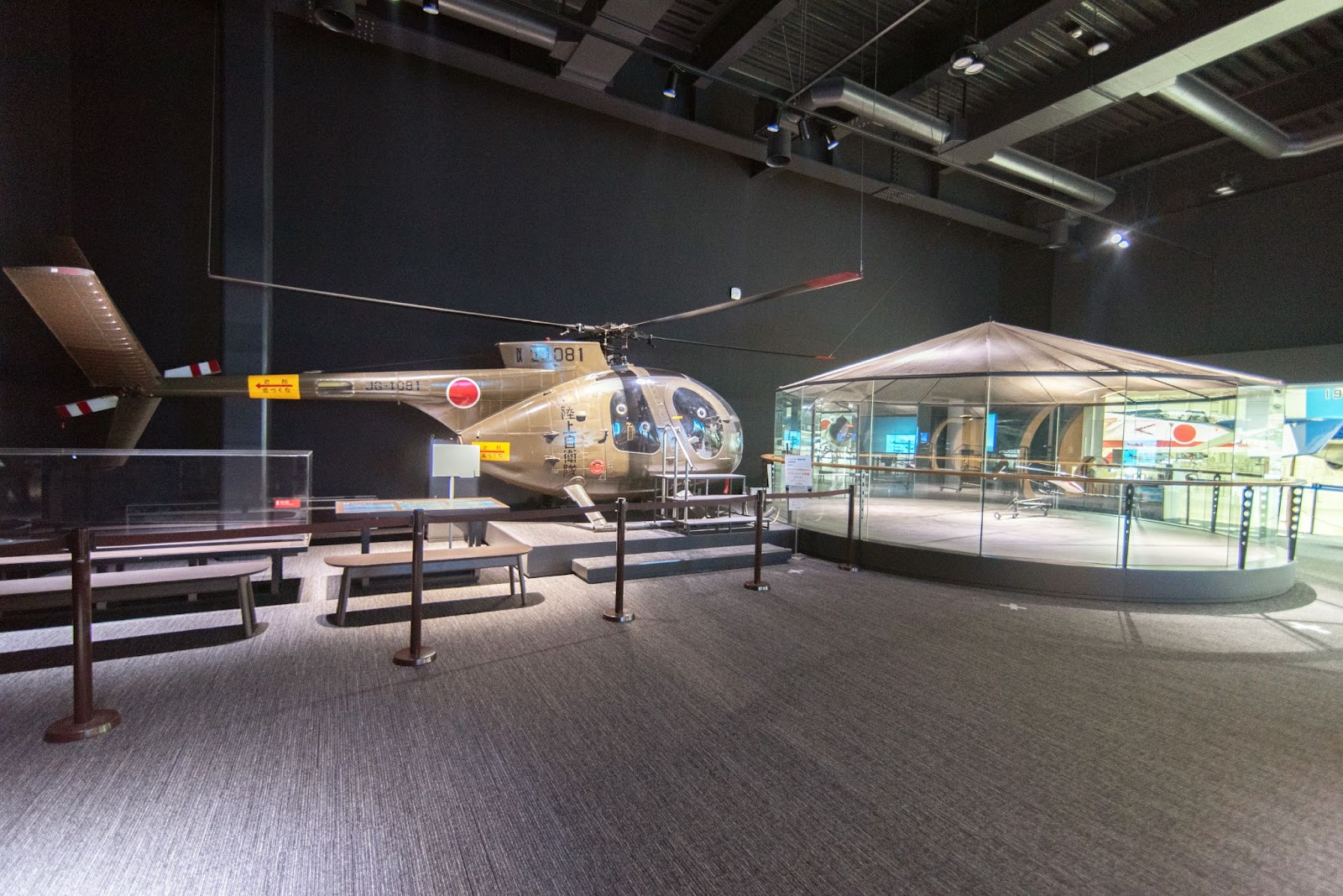
Helicopter piloting experience. *In order to prevent the spread of the COVID-19, the experience will be canceled for the time being. (As of May 2022)
After listening to an explanation of how a helicopter flies and how to operate it, you will get on a real helicopter and operate a radio-controlled helicopter in front of you.
![[Kagamihara] Museum with the theme of sky and space" “Gifu Kamigahara Air and Space Museum: Sorahaku”| Outing Spots in Kakamigahara City > Museums & Science Museums | Life Designs | Traveling and Living in Nagoya, Aichi, Gifu and Mie](https://life-designs.jp/wp/wp-content/themes/wp-templ/assets/img/common/logo.svg)
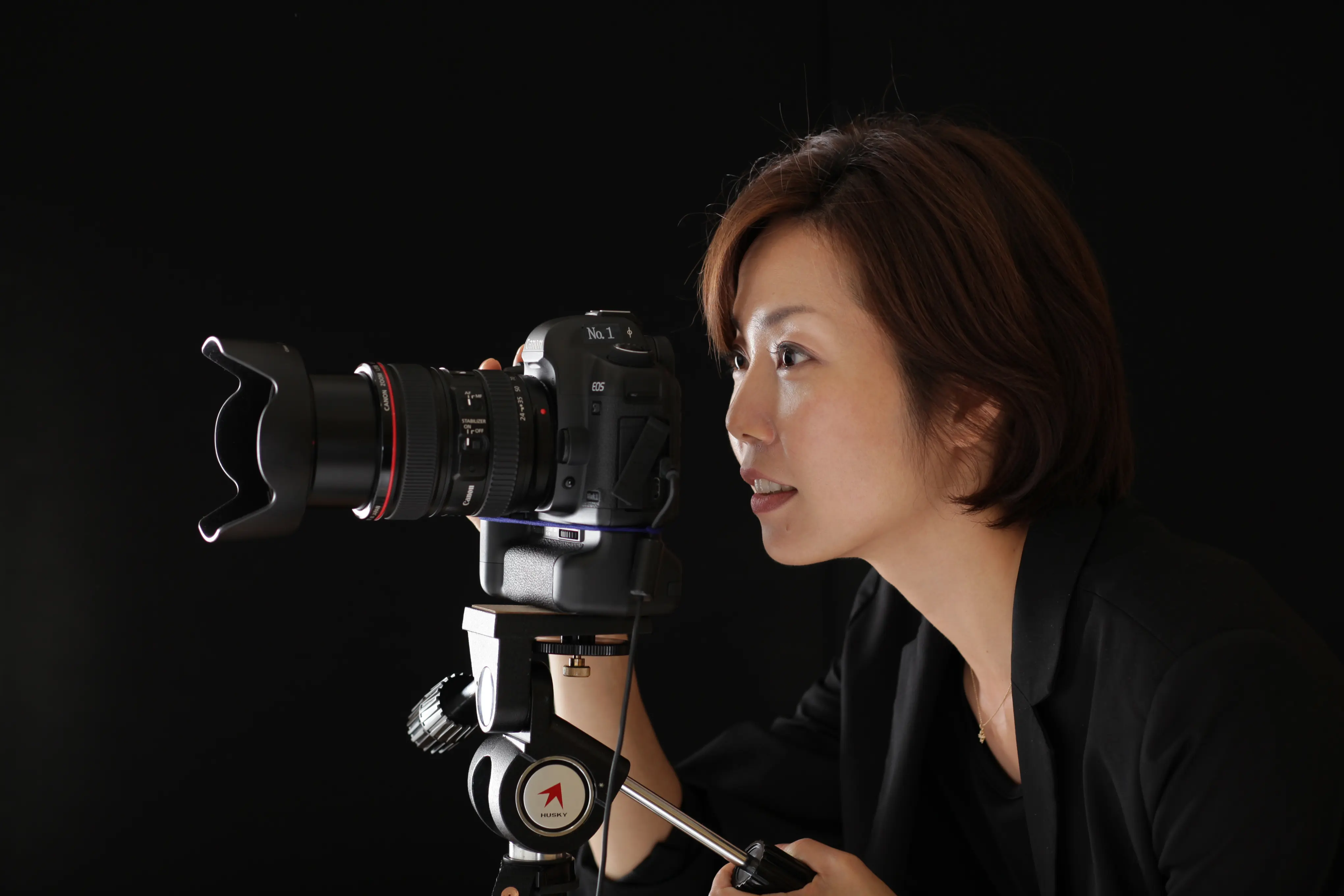
![[Tokai Area] Outing Spots for Family](https://life-designs.jp/wp/wp-content/uploads/2019/06/w1920x1088_family-1-1024x580.jpg)
![[Mizuho-ku, Nagoya] Learn about the History of Brother's Manufacturing at the "Brother Museum"](https://life-designs.jp/wp/wp-content/uploads/2021/12/image9-2-700x467.jpg)
![Toyota Commemorative Museum of Industry and Technology [Part 1]: TripAdvisor's No.1 Factory & Social Studies Tours!](https://life-designs.jp/wp/wp-content/uploads/2019/07/image51-3-300x200.jpg)
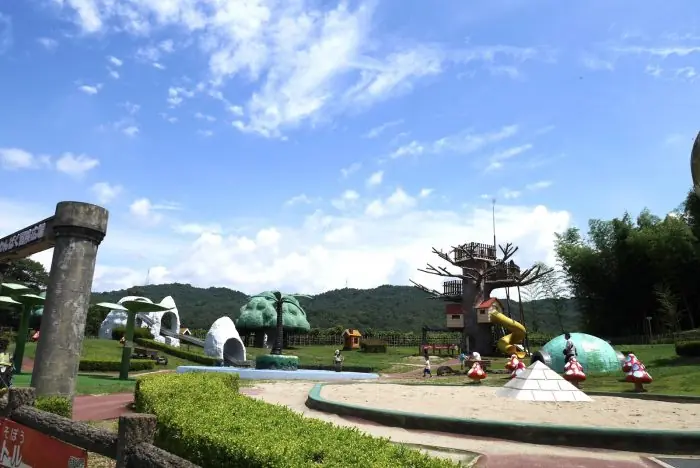
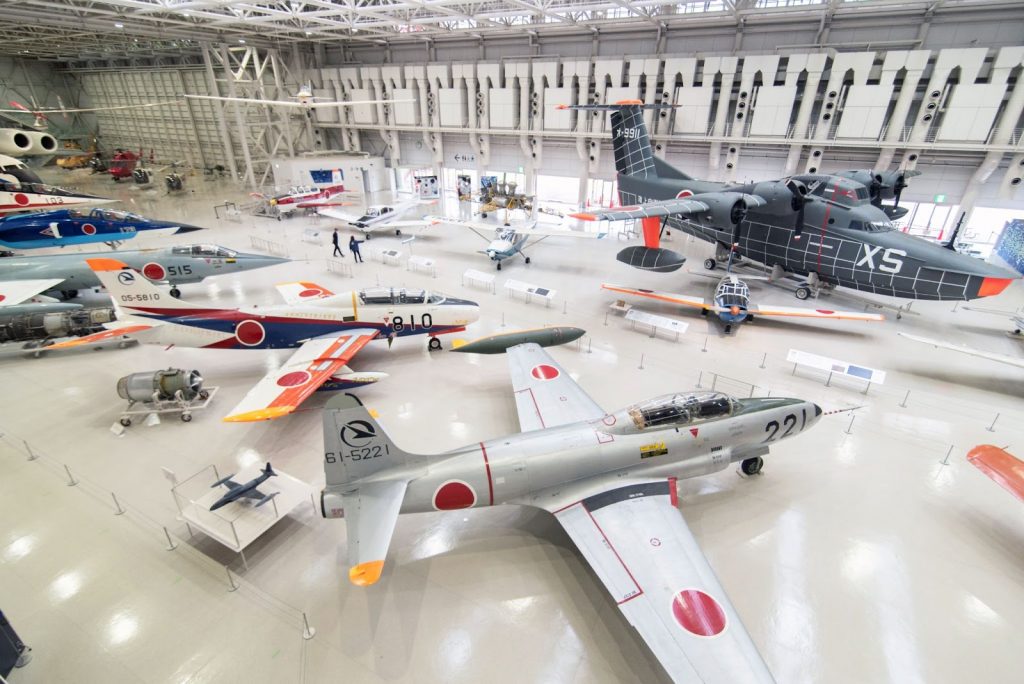

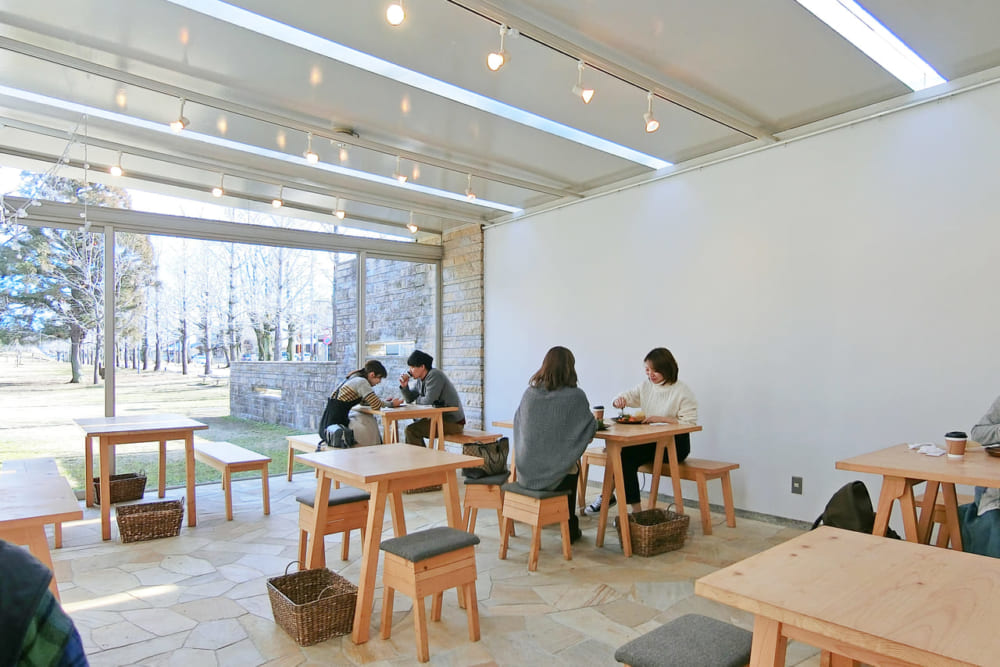
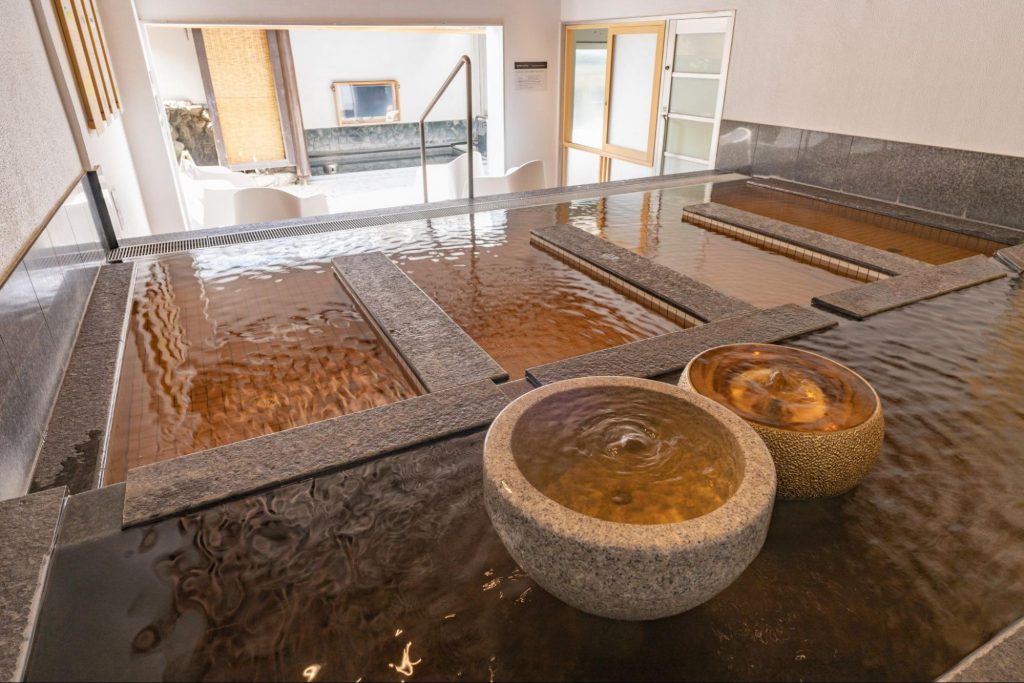
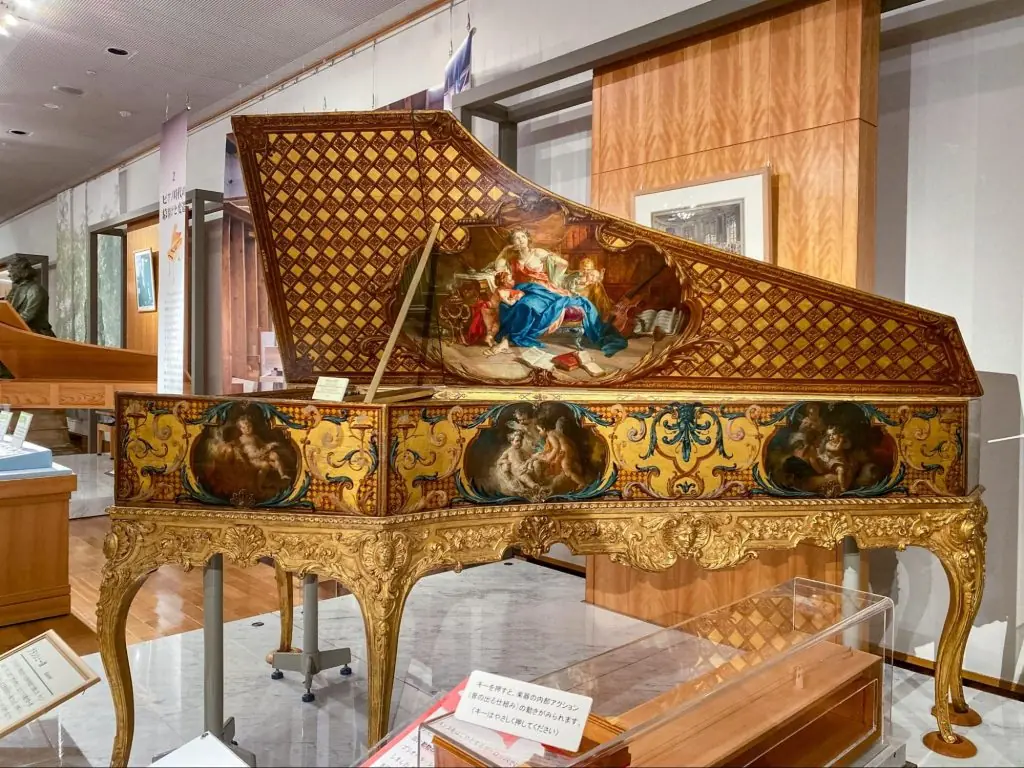
![[10 Selections] Parents and children can enjoy it! Summary of Museums in Aichi Prefecture](https://life-designs.jp/wp/wp-content/uploads/2022/01/FotoJet-2022-01-05T162333.940-1-1024x683.jpg)
![[Mizuho-ku, Nagoya] Learn about the History of Brother's Manufacturing at the "Brother Museum"](https://life-designs.jp/wp/wp-content/uploads/2021/12/image9-2-1024x683.jpg)
![[Handa city] "MIM Mizkan Museum" Where You can Learn About Vinegar while Having Fun](https://life-designs.jp/wp/wp-content/uploads/2024/06/image55-1-1024x768.jpg)

![[Indoor Facilities] Where to Go on Rainy Days in Tokai Area! For Family Outings!](https://life-designs.jp/wp/wp-content/uploads/2023/07/FotoJet-23.jpg)





![[Tokai Area] Scenic Spots which You'll Never Forget](https://life-designs.jp/wp/wp-content/uploads/2019/12/LD_banner_w1920x1088_prospect-1-768x435.jpg)
![[Nagoya-meshi] Nagoya's Speciality Dishes](https://life-designs.jp/wp/wp-content/uploads/2022/06/5ba2ca8c038fd4af7527bc0826367cfb-768x435.png)
![[Tokai Area] Place to Go on Rainy Days!](https://life-designs.jp/wp/wp-content/uploads/2022/03/f76405aaa33944a4ba88a131fbc56523-1024x580.png)
![[Special Feature] Enjoy Your Day at a Park!](https://life-designs.jp/wp/wp-content/uploads/2019/12/LD_banner_w1920x1088_park-1-1024x580.jpg)
![[Sauna Specials] Feel Revitalized in Sauna!](https://life-designs.jp/wp/wp-content/uploads/2021/07/Sauna-1024x580.jpg)
![[Special Feature] Enjoy Outdoor Activities!](https://life-designs.jp/wp/wp-content/uploads/2019/12/LD_banner_w1920x1088_outdoor-1-1024x580.jpg)

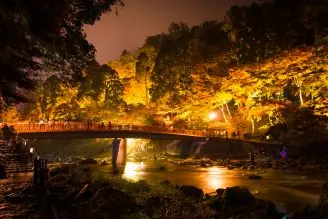
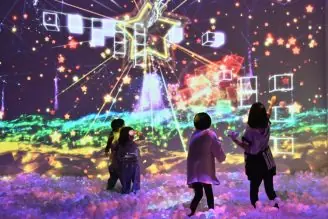
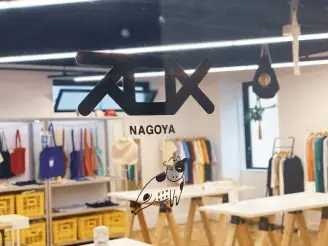




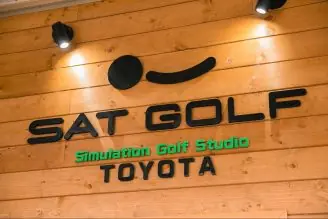
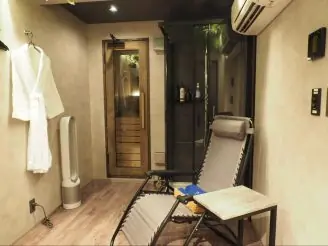
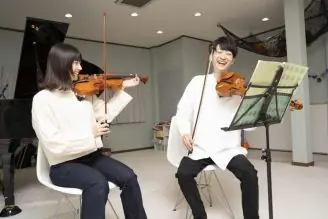

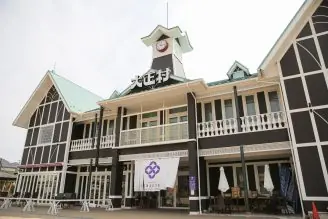
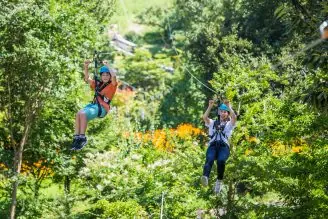
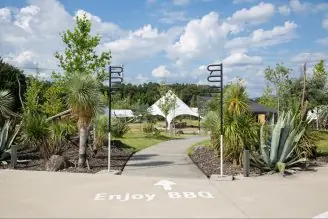
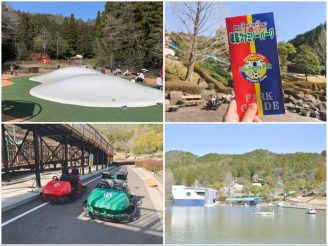



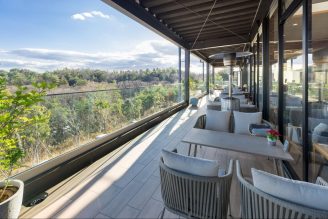

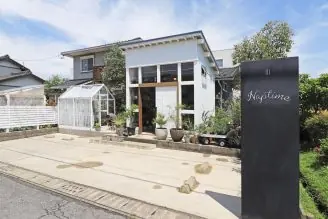

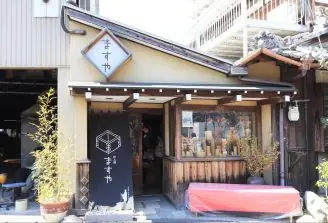
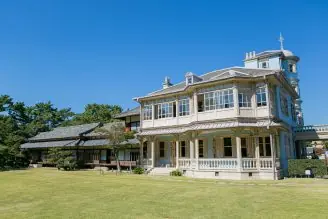
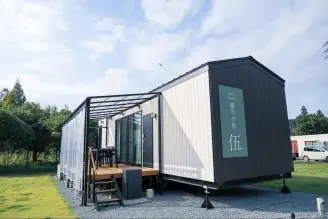
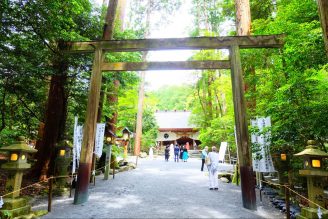
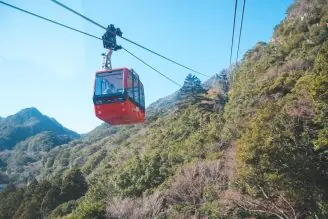

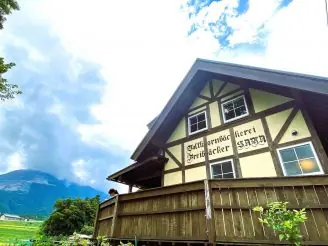
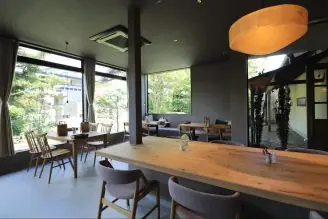

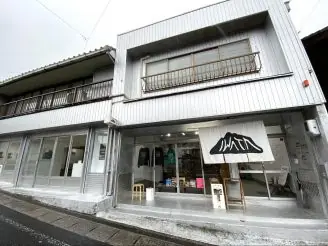
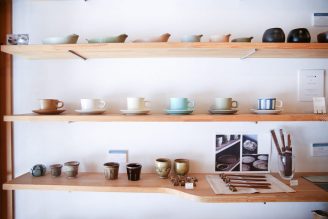
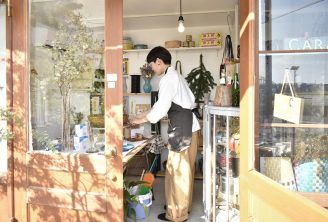
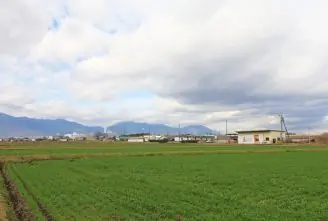
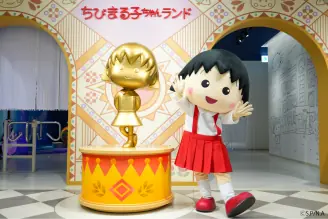

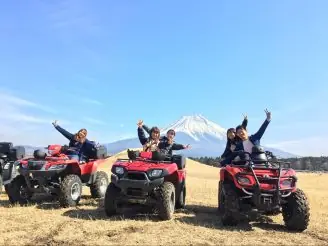

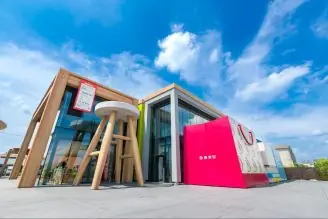



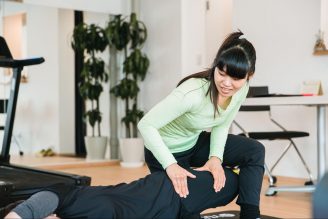
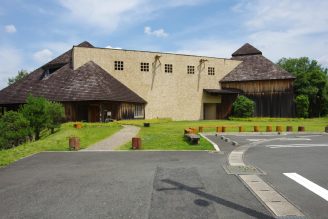

![[Indoor Facilities] Where to Go on Rainy Days in Tokai Area! For Family Outings!](https://life-designs.jp/wp/wp-content/uploads/2023/07/FotoJet-23-1024x768.jpg)
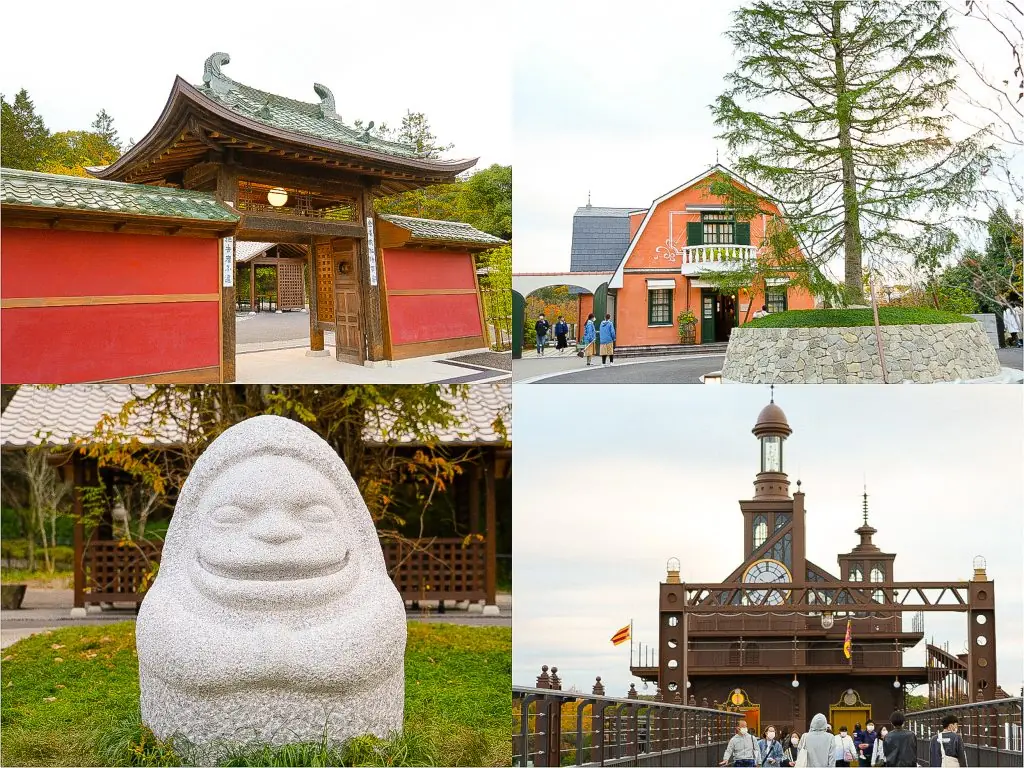
![[9 Selections] Summary of Retro Coffee Shops in Nagoya](https://life-designs.jp/wp/wp-content/uploads/2021/11/image1-30-1024x683.jpg)
![[20 Selections] Nagoya Souvenirs: Non-Sweet & Recommended Snacks Available at Nagoya Station](https://life-designs.jp/wp/wp-content/uploads/2025/07/image3-2-1024x683.jpg)
![[Within 2hrs by Car] 12 Outing Areas where You can Go on a Day Trip from Nagoya!](https://life-designs.jp/wp/wp-content/uploads/2023/07/odekake12_w1200h900_20240422-768x576.png)
![[Aichi, Gifu, Mie] 30 Family-Friendly Spots to Go in Winter!](https://life-designs.jp/wp/wp-content/uploads/2019/12/image21-1-150x106.png)
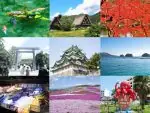
![[25 selections] Recommended furniture stores and interior shops around Aichi and Nagoya](https://life-designs.jp/wp/wp-content/uploads/2020/05/image11-10-150x100.jpg)

